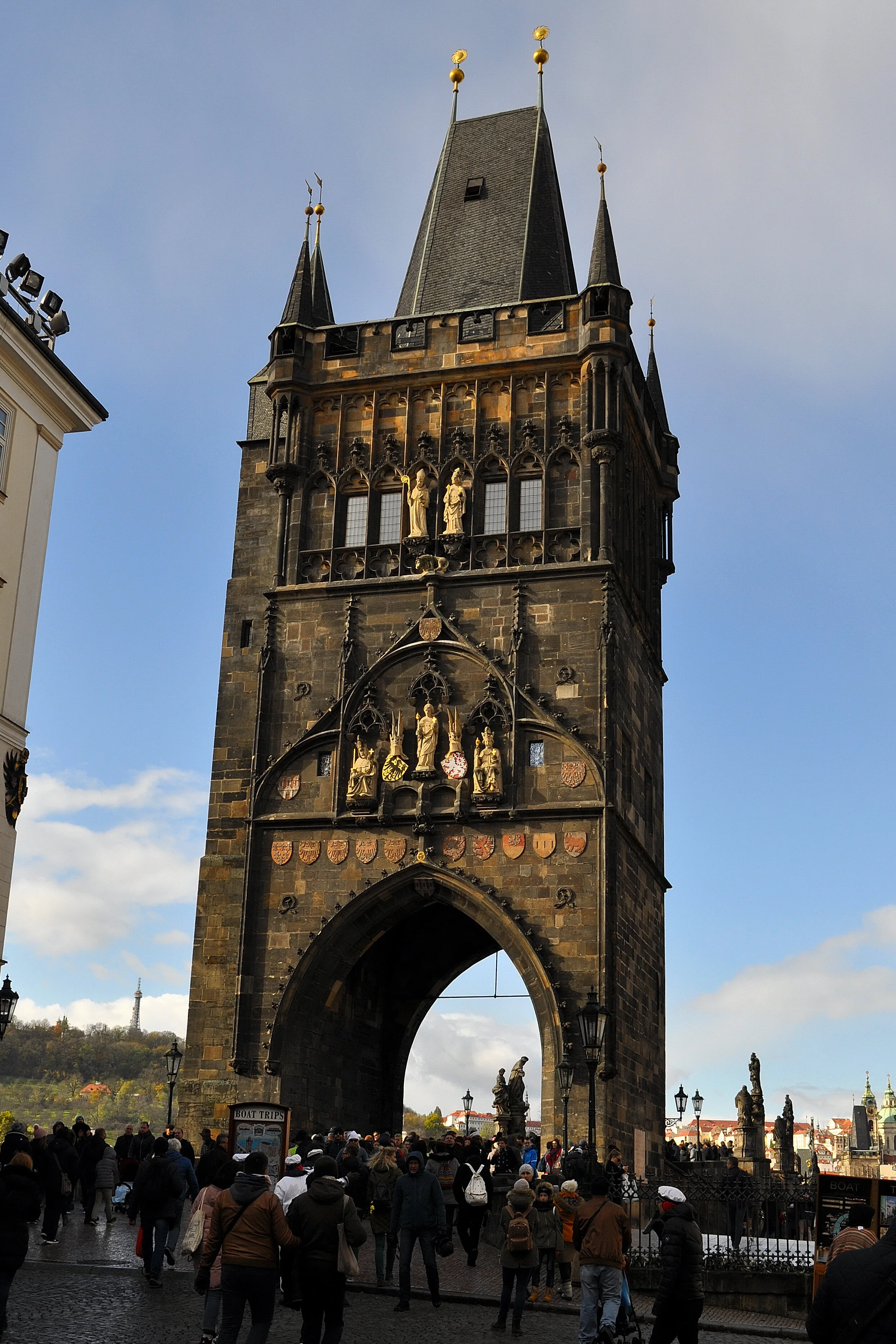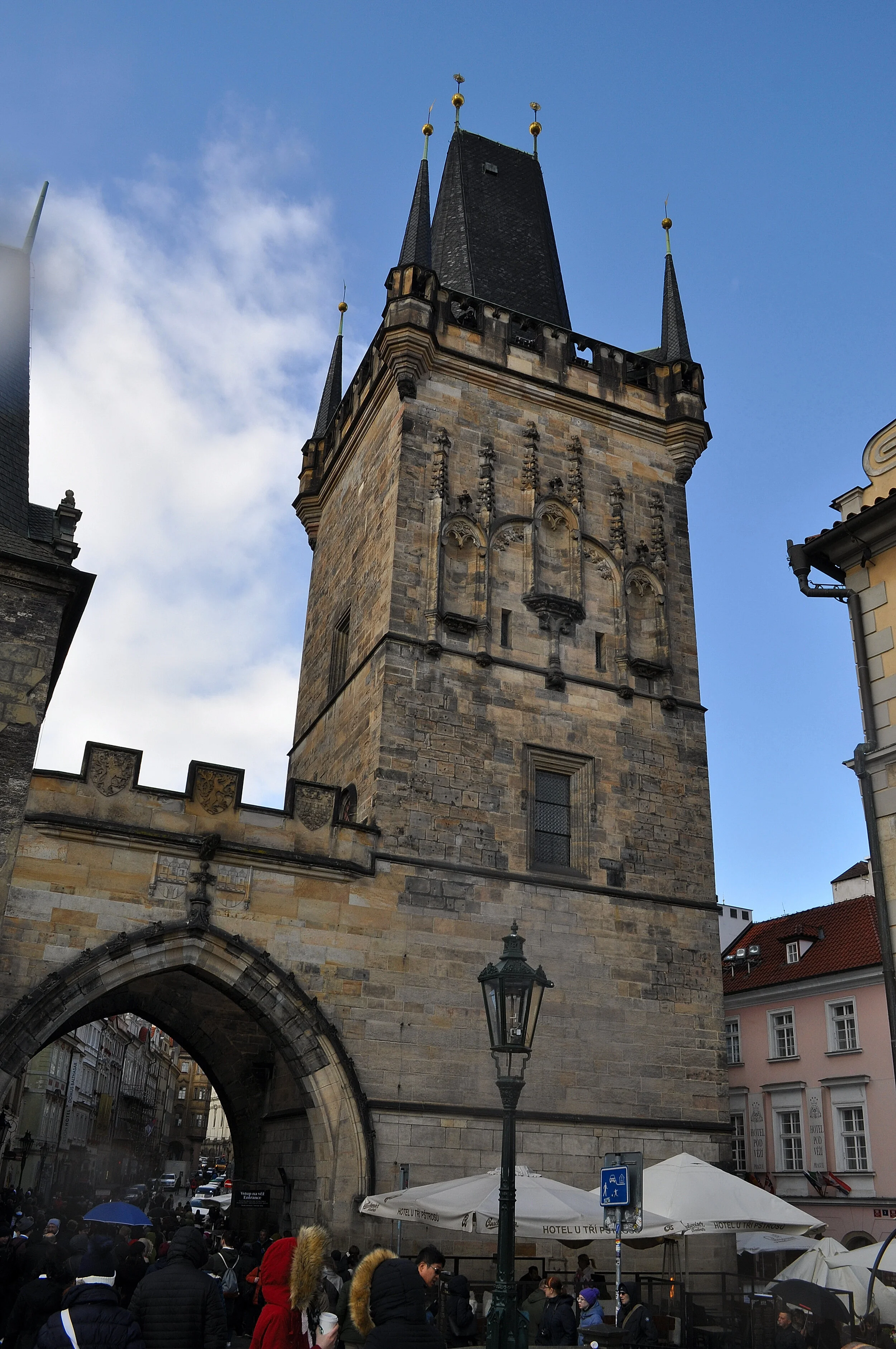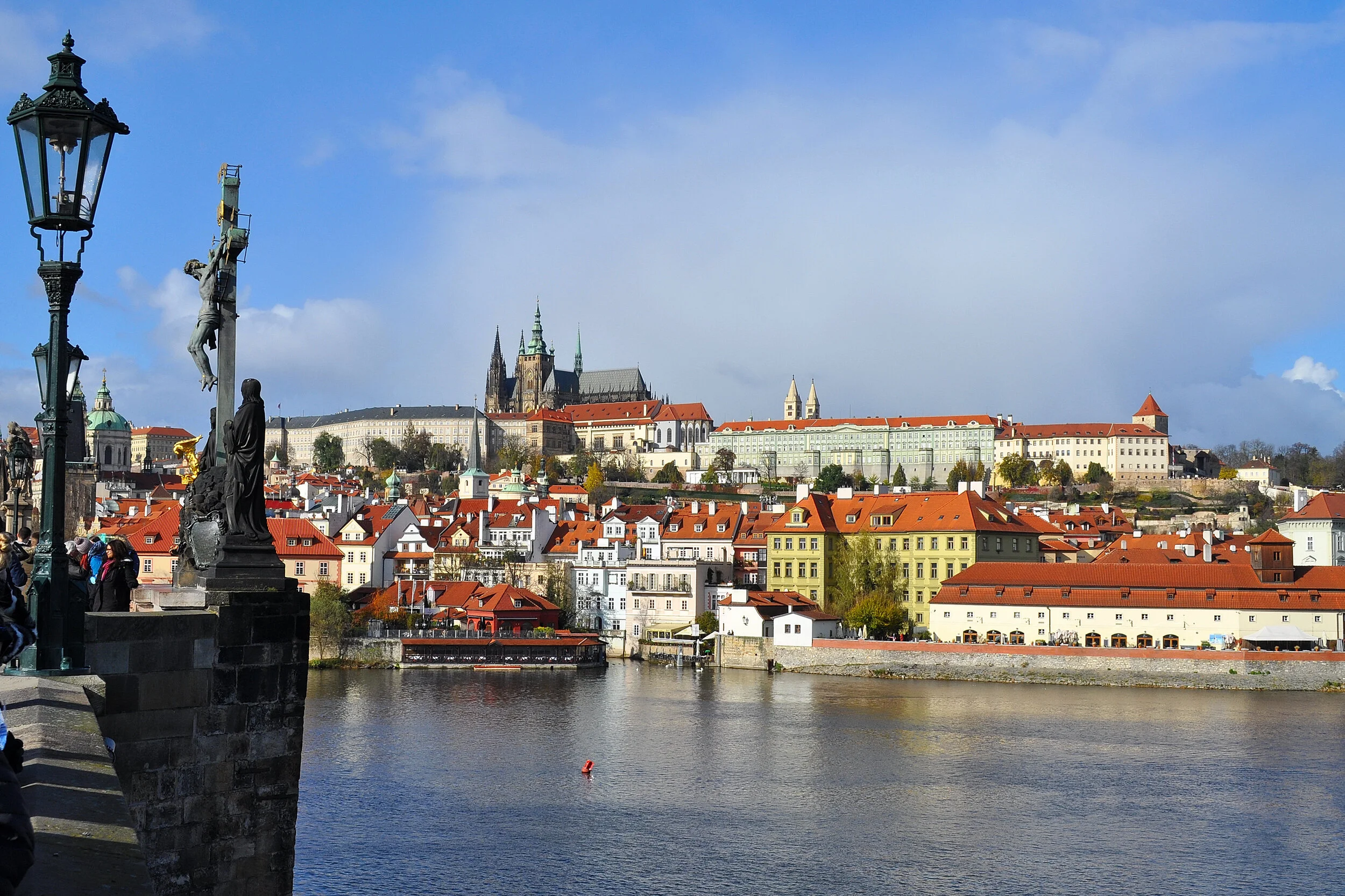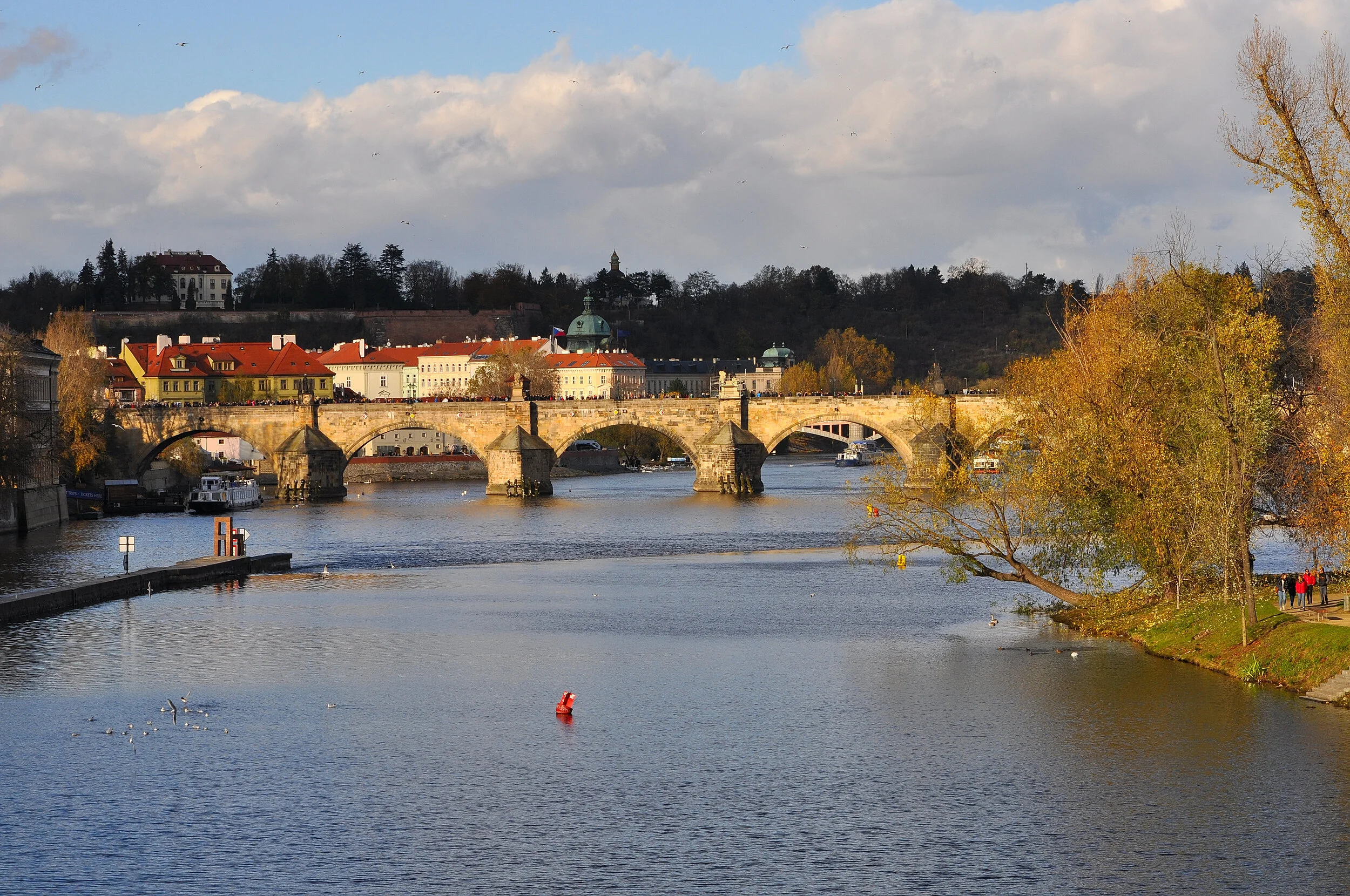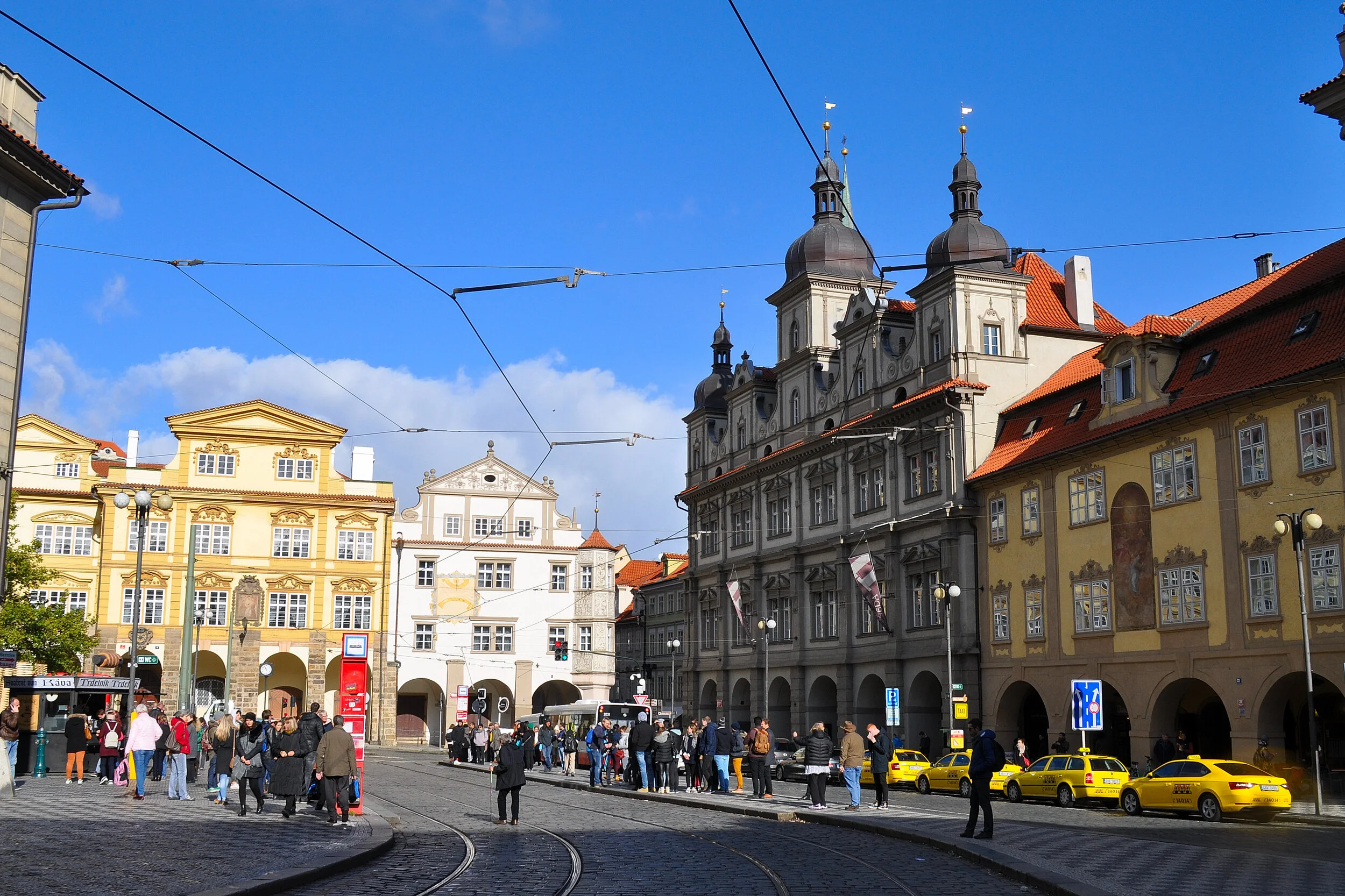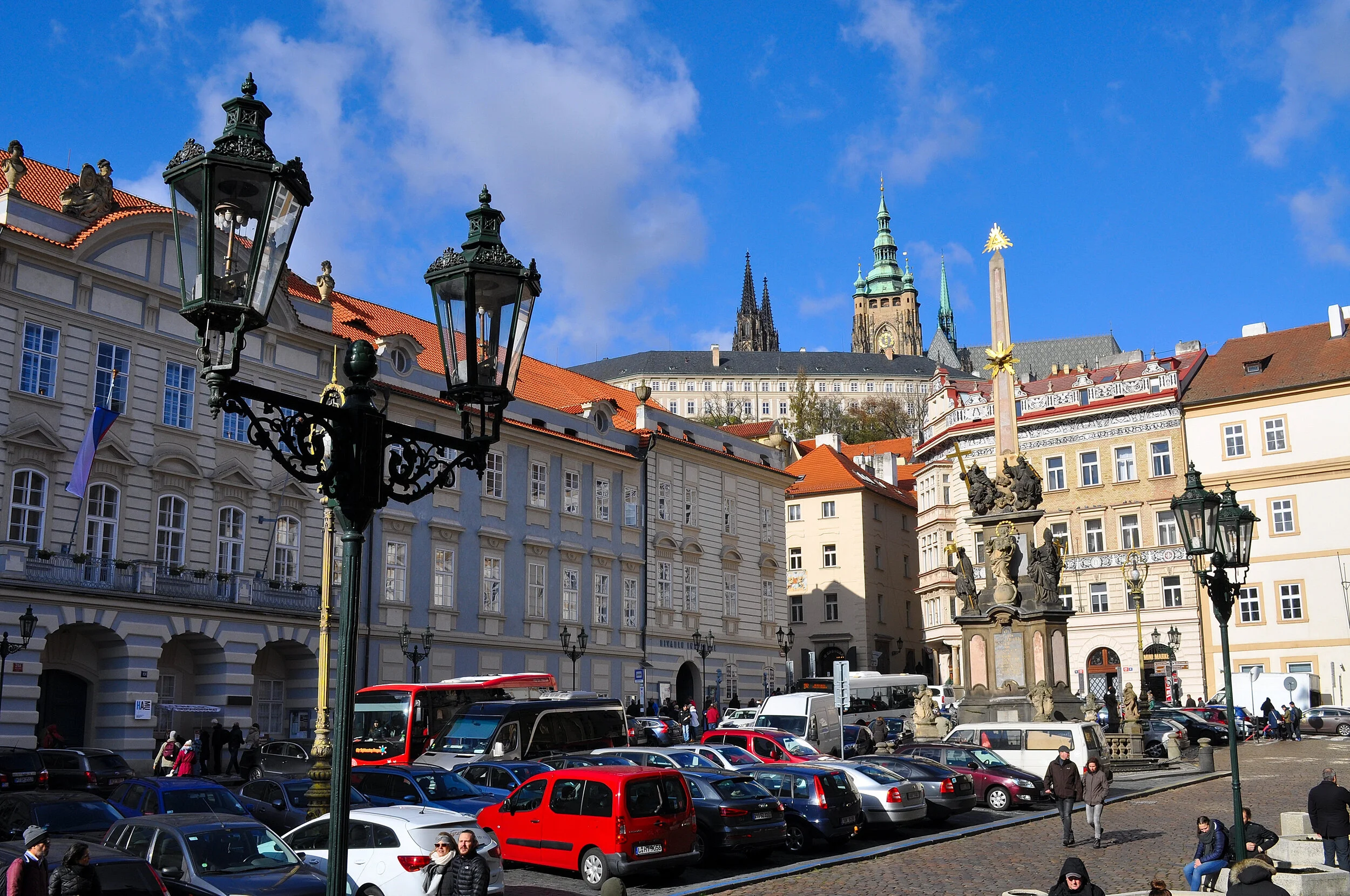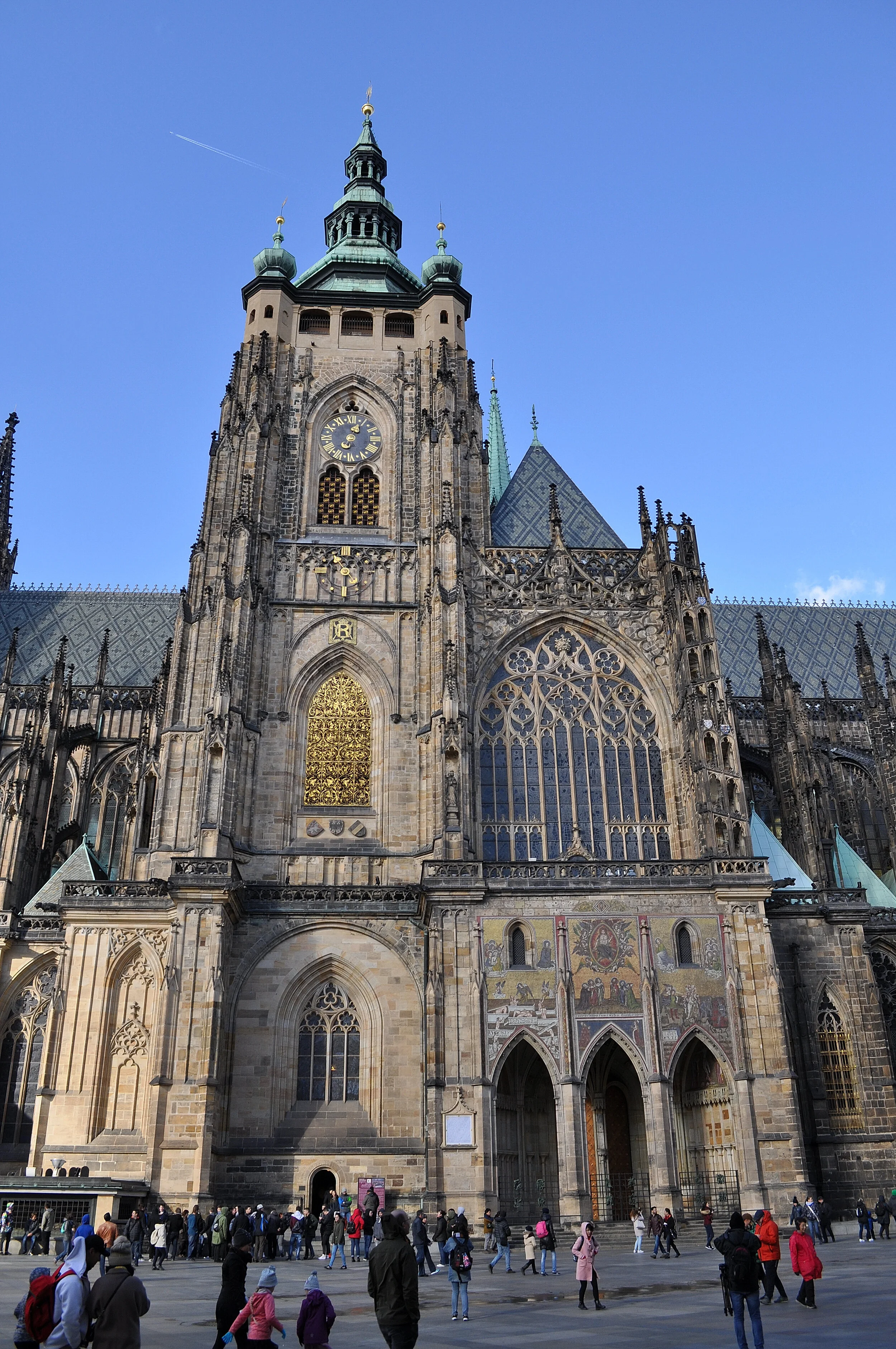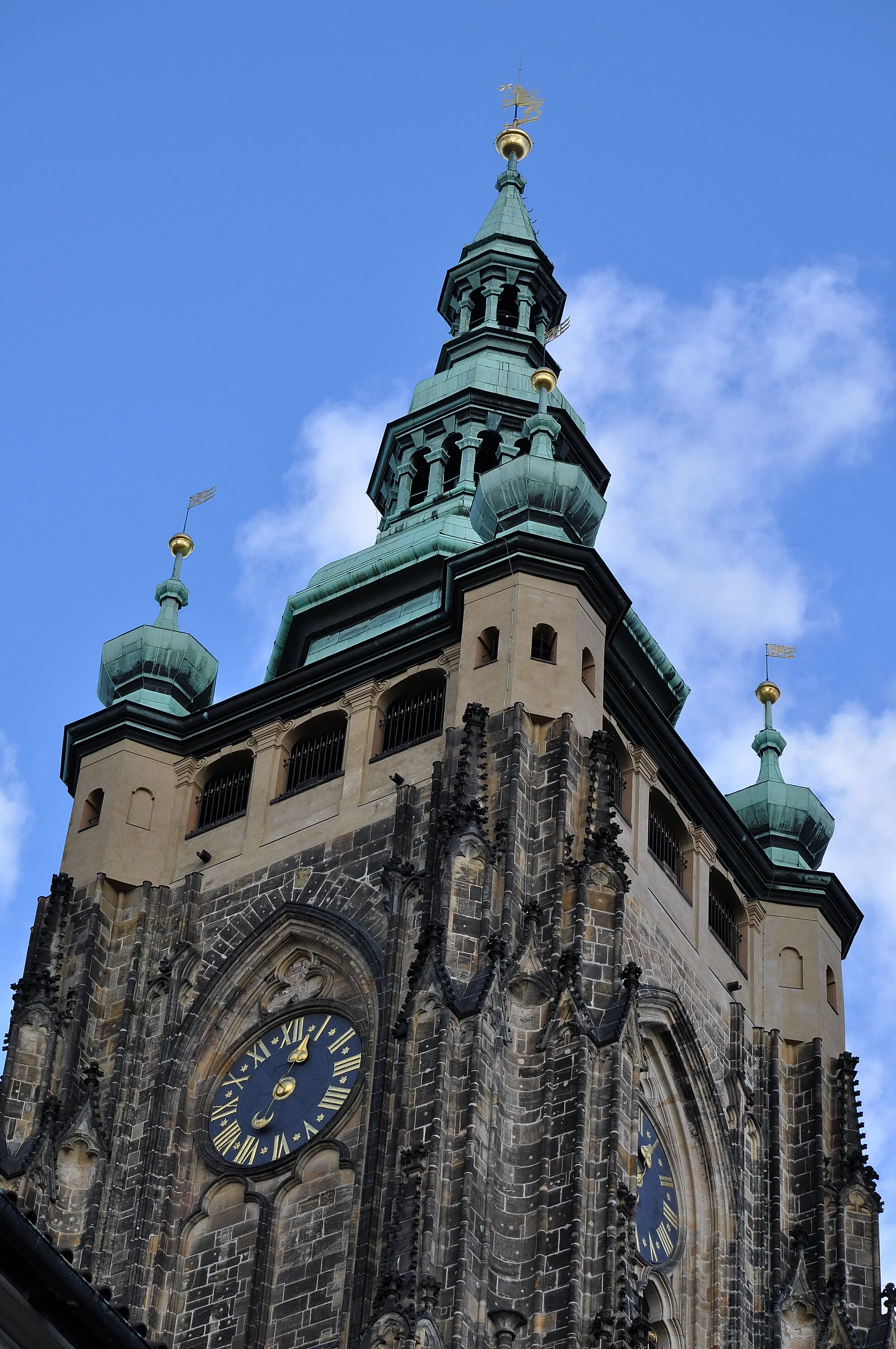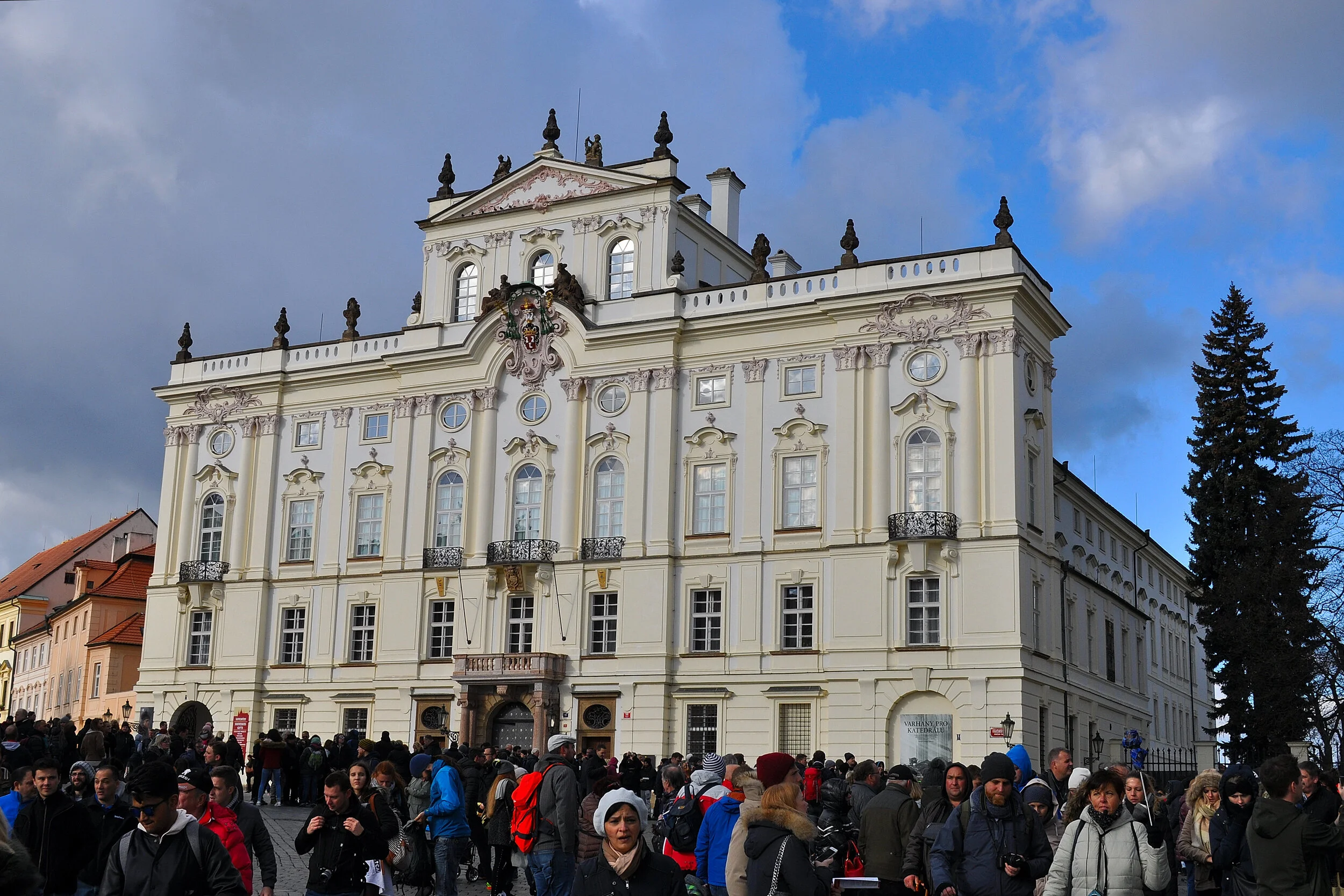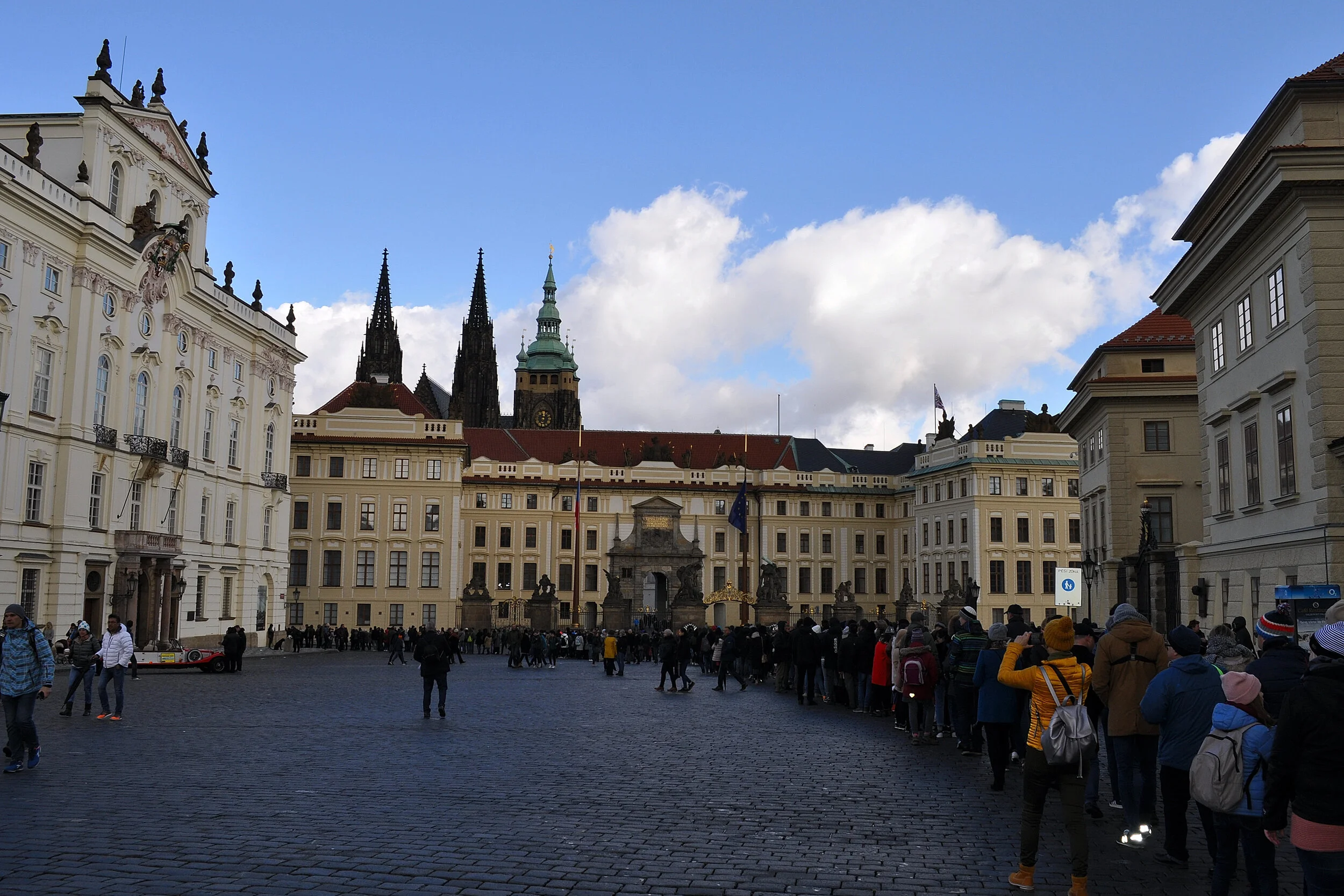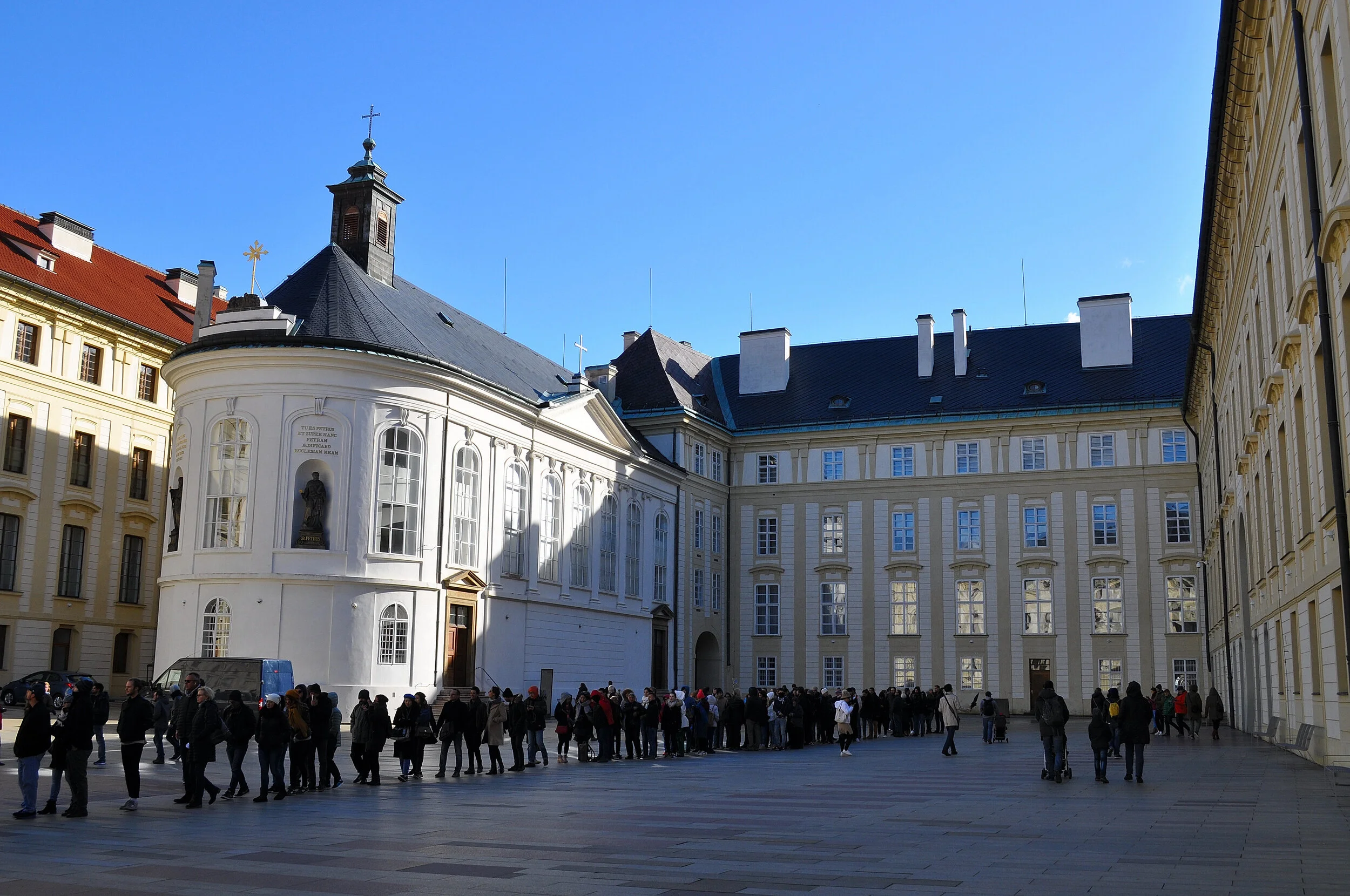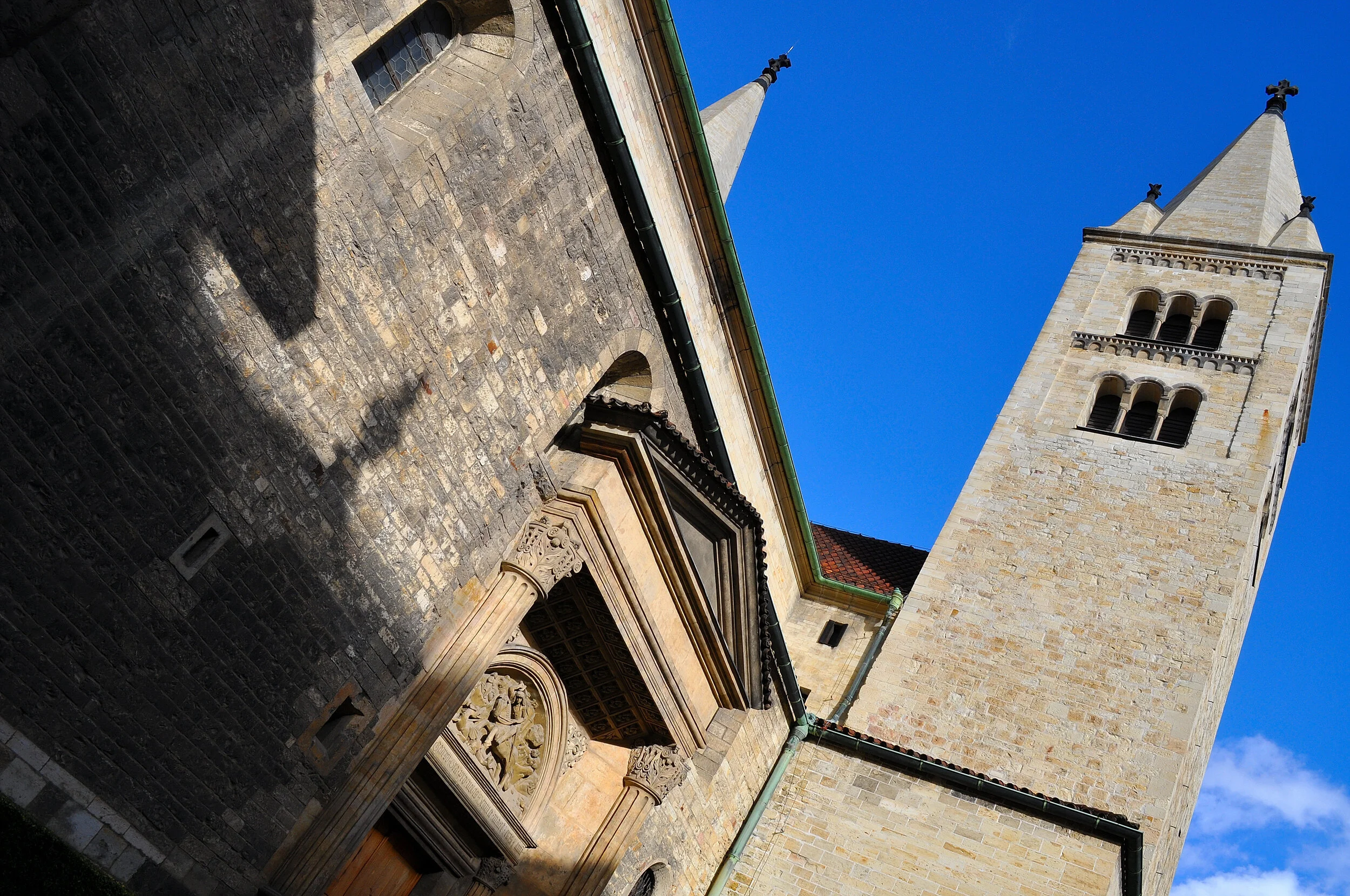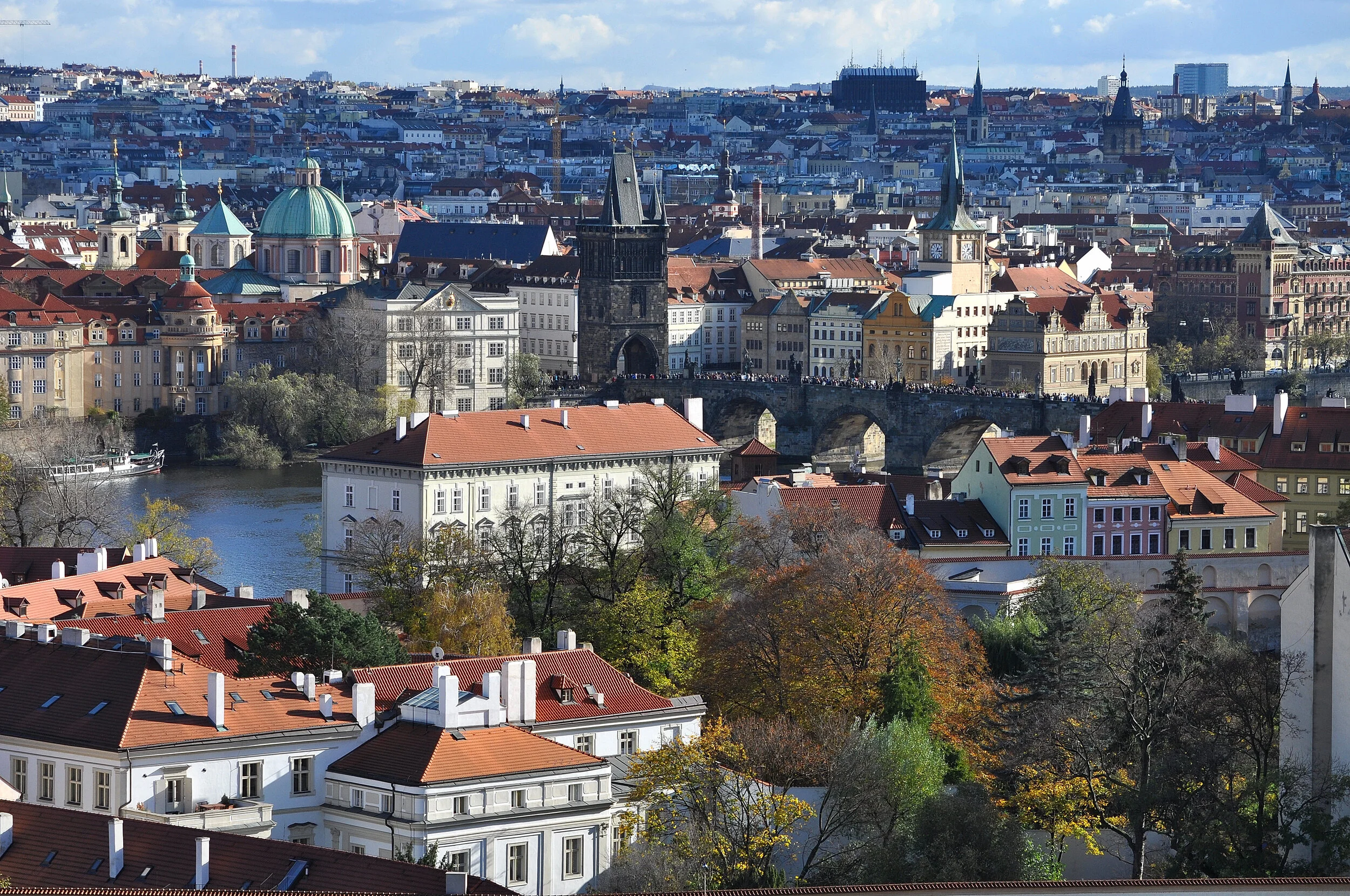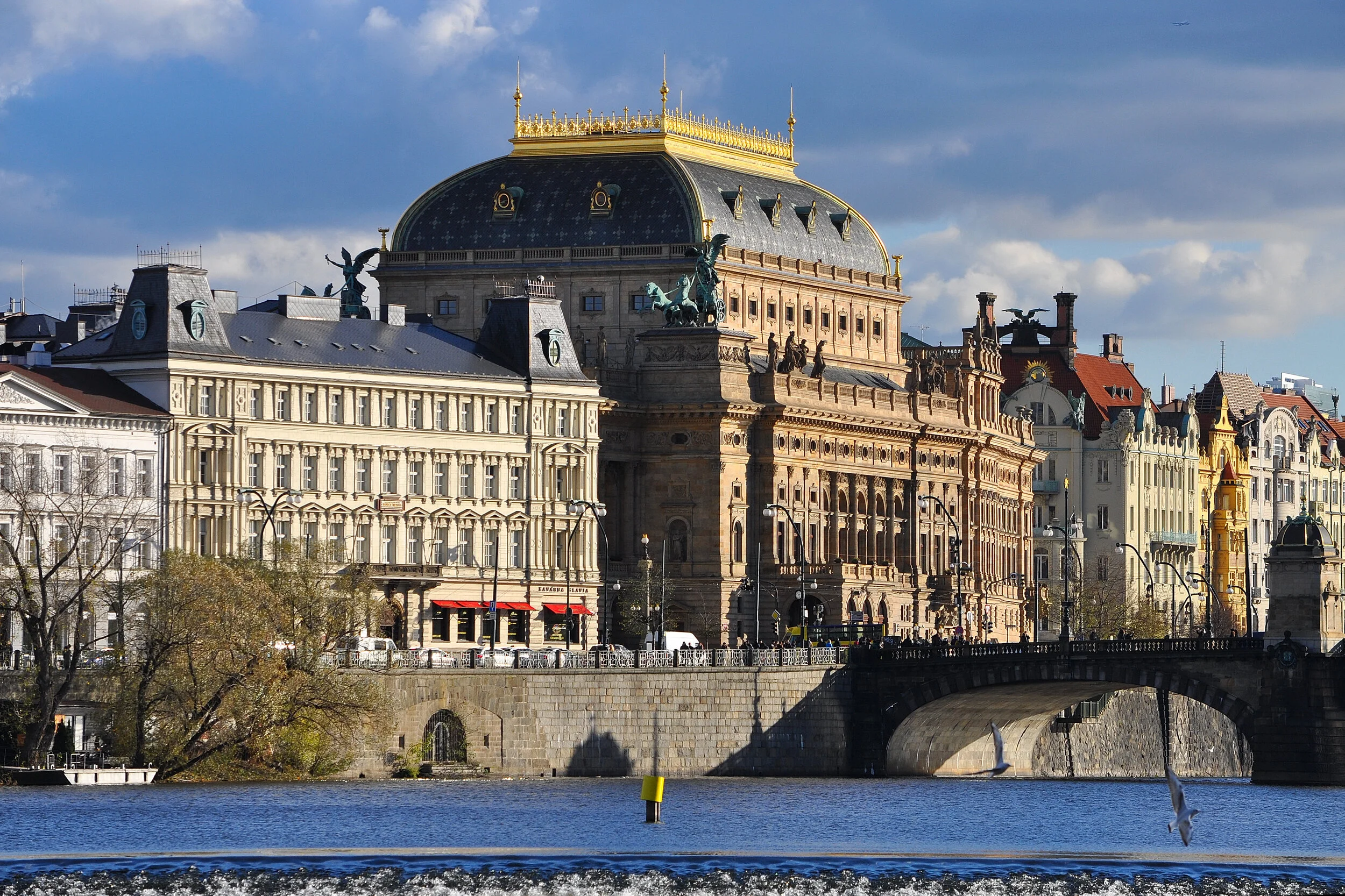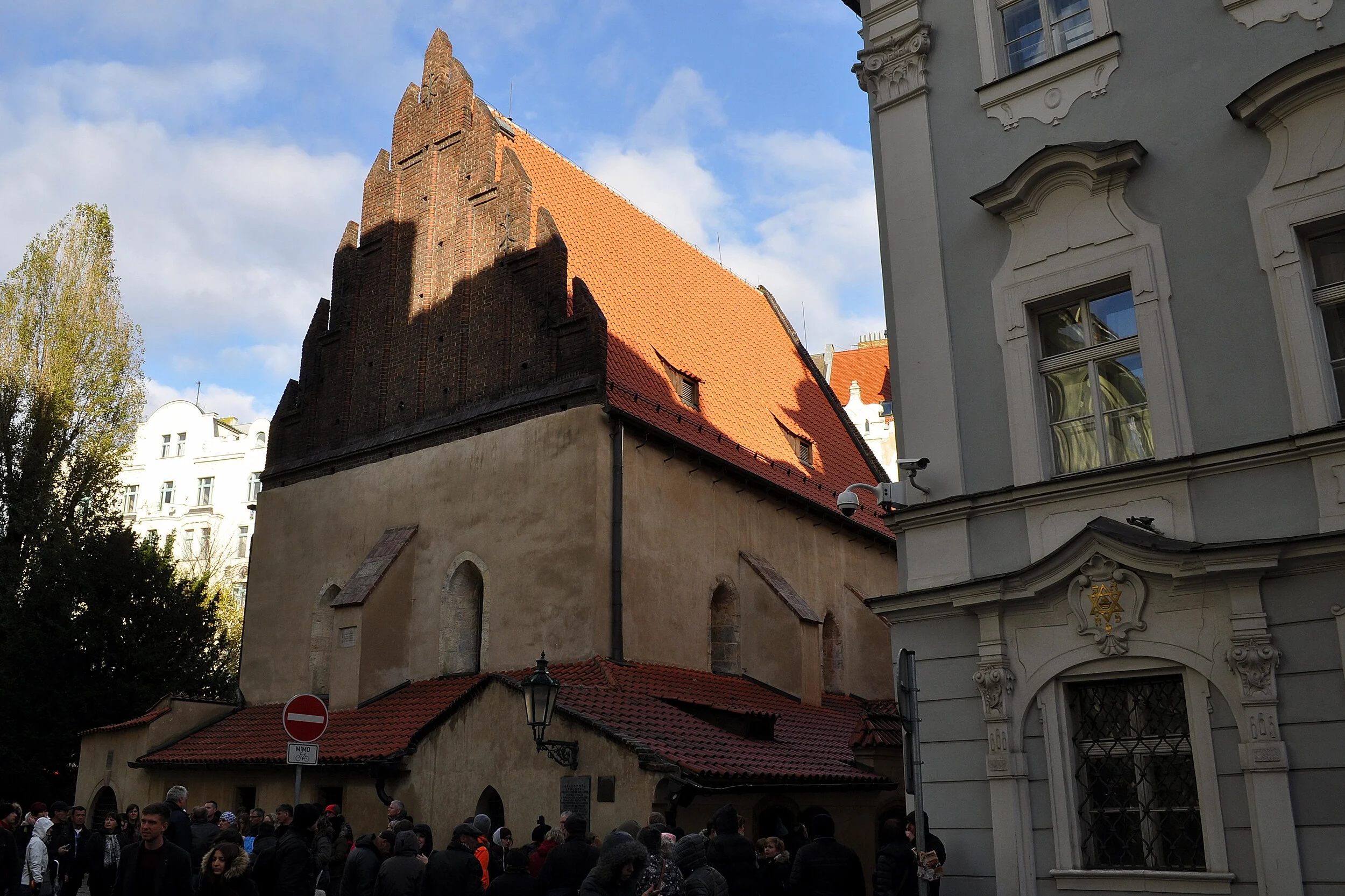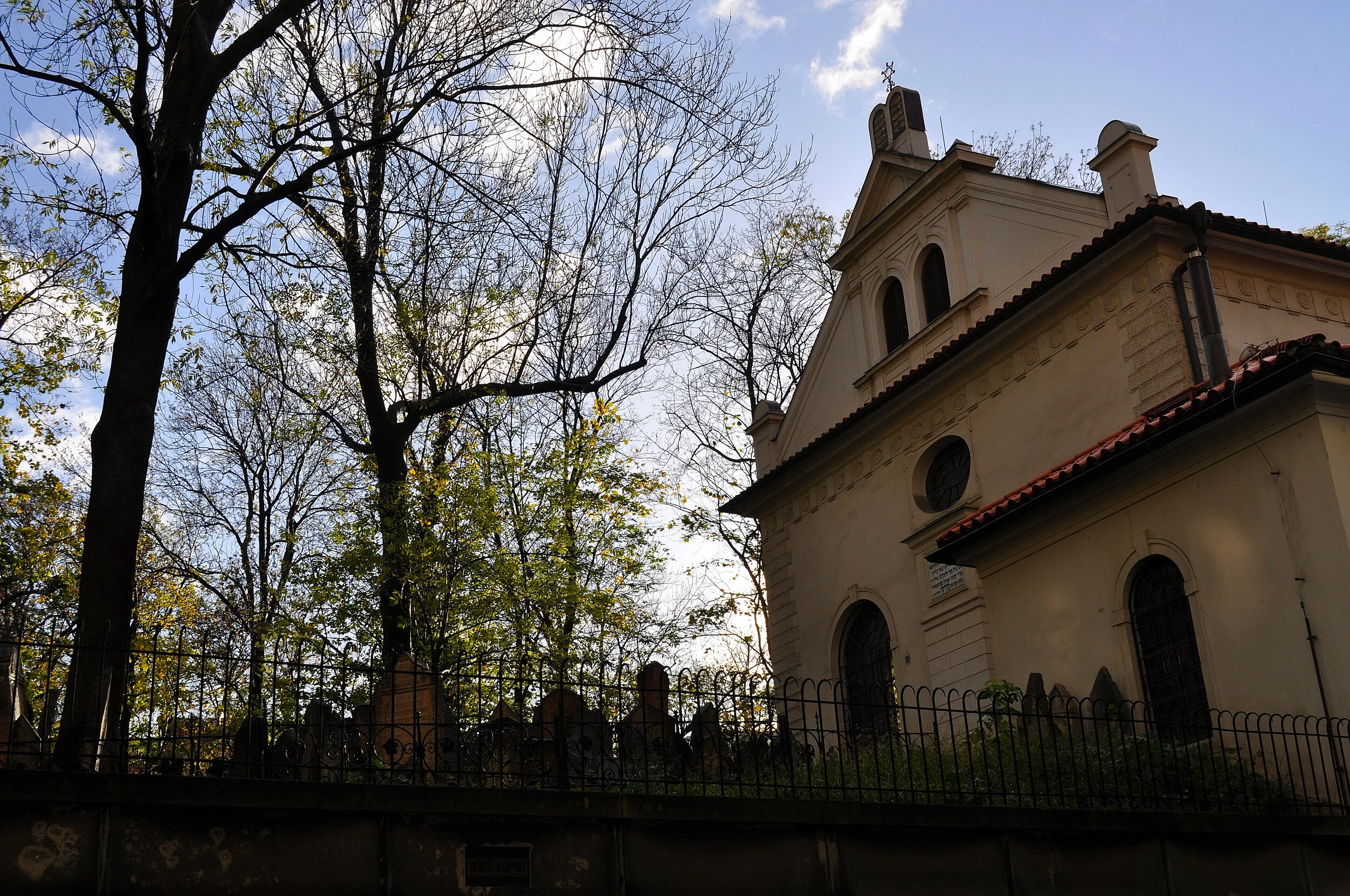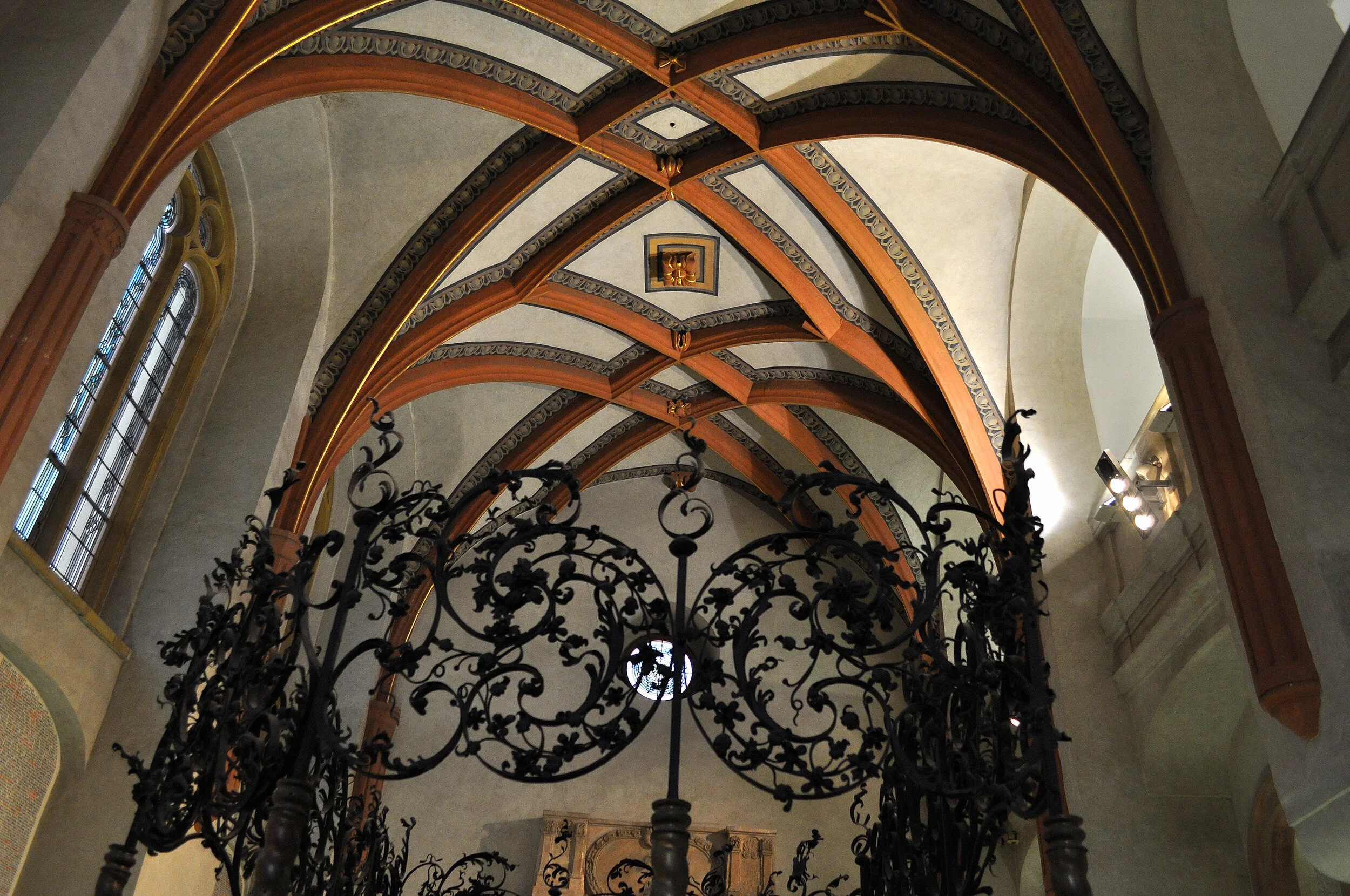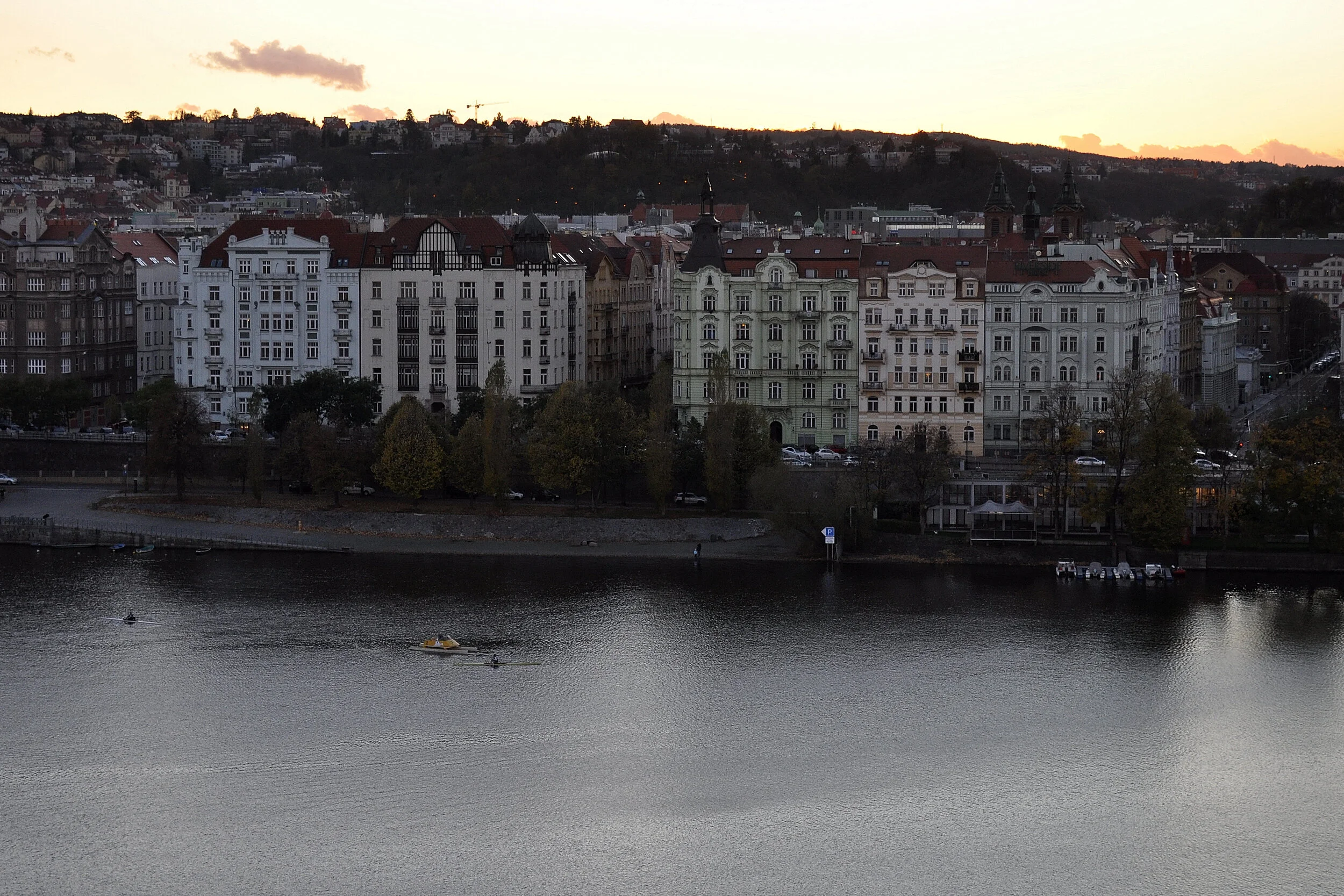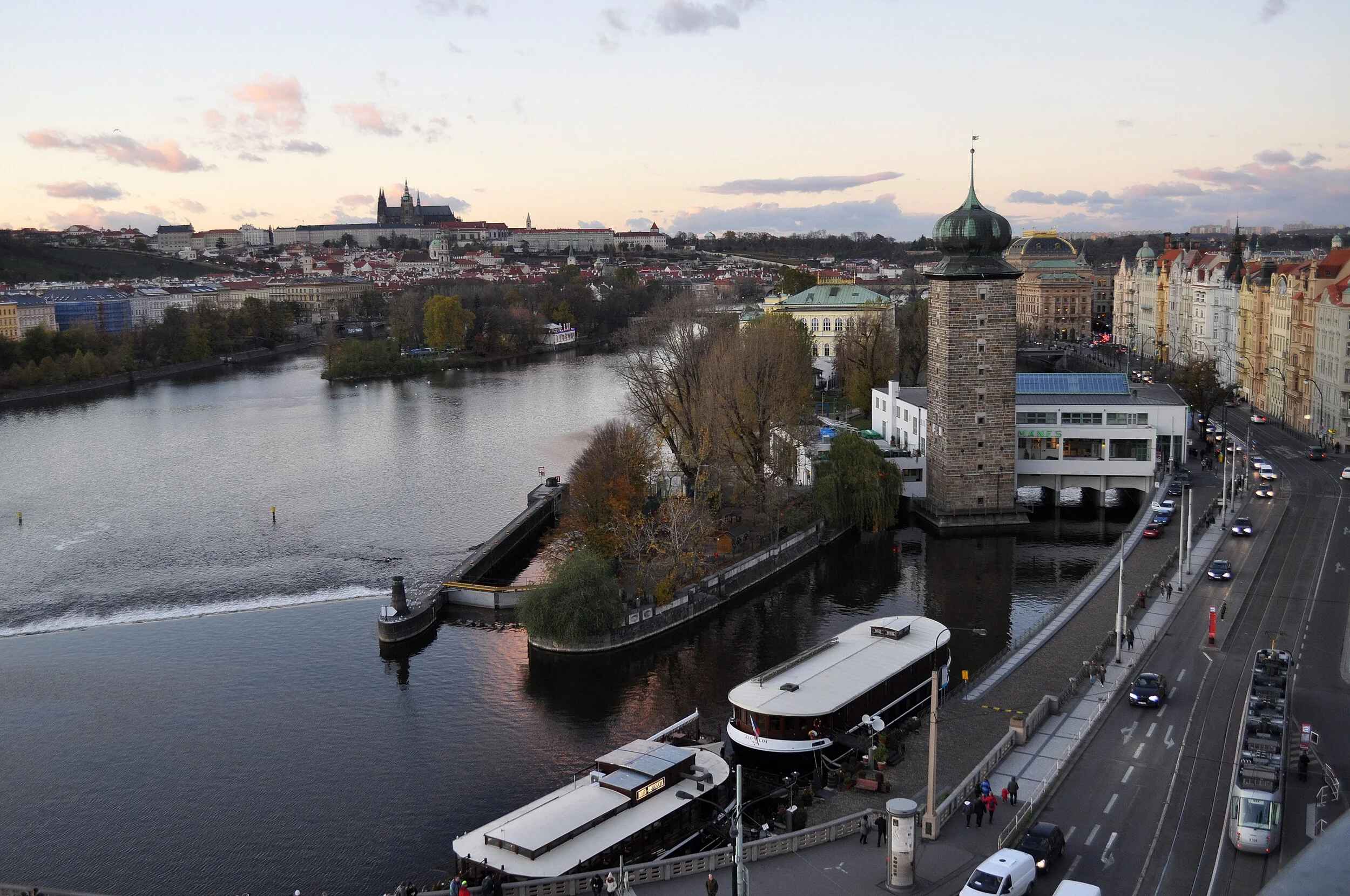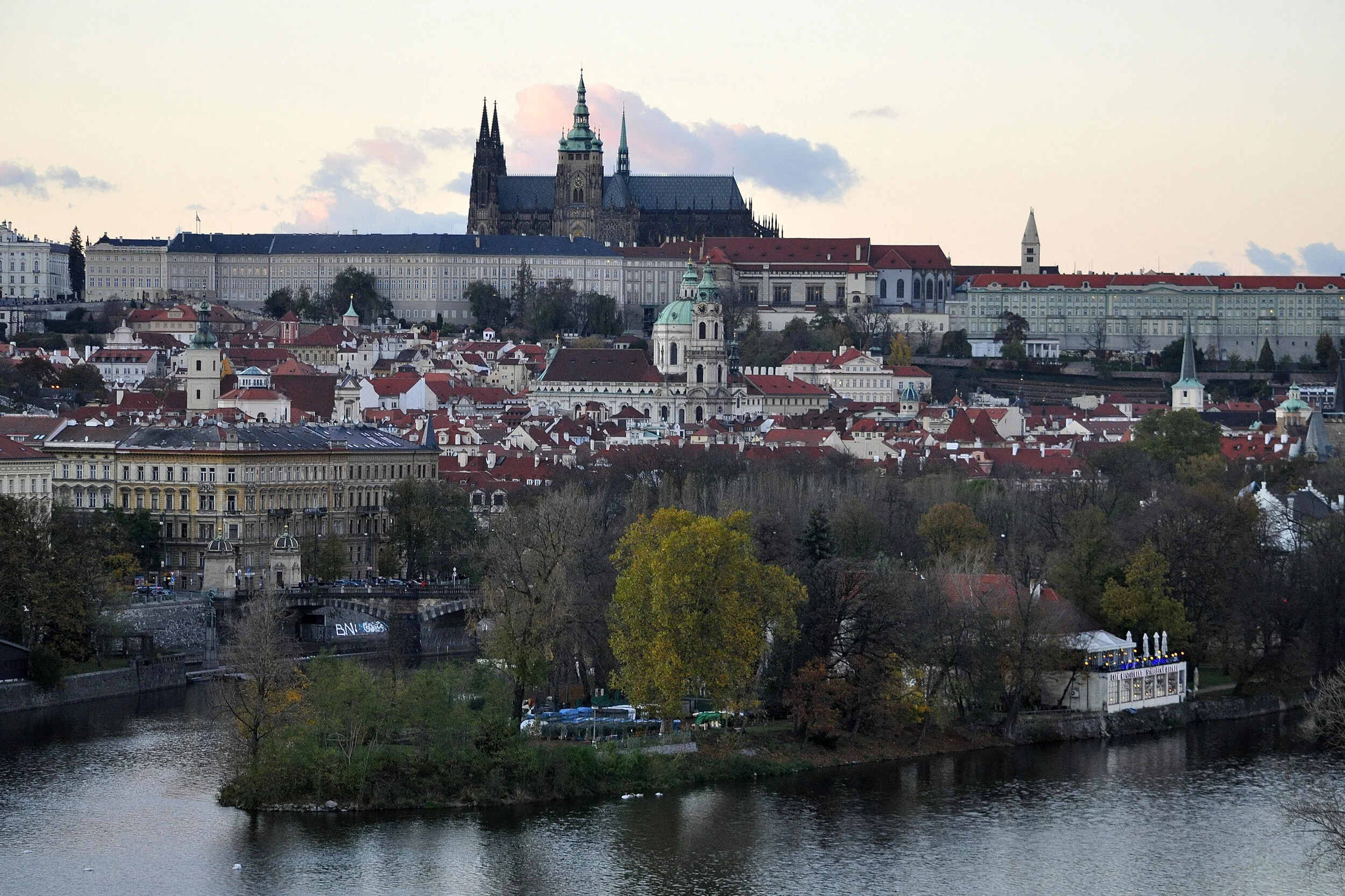Malá Strana and Surroundings
Angela: we dedicate the second day in Prague to exploring Malá Strana, the Little Quarter.
Piero: it’s like a city within a city, unchanged over the centuries since its founding in the Middle Ages. It’s a continuous flow of cafés, pubs, breweries, and street artists—often down on their luck—who help create a bohemian atmosphere. In Malá Strana, many embassies are housed in the Baroque palaces along Nerudova Street. The neighborhood has a charm that’s part popular, part aristocratic: these two opposing souls have coexisted ever since Viennese aristocrats left the area to return to Austria, and the poor of Prague reclaimed it. This is perhaps the only district that has remained original, unlike many others in Prague affected by urban renewal. Houses and palaces still bear the names and symbols used in the Middle Ages, derived from the professions of their inhabitants or chosen natural and religious symbols: deer, unicorns, eagles, keys, and violins.
Karlova
Angela: so, we start from Staré Město, the Old Town, exactly at the Powder Tower, heading towards Karlova: it’s the narrow, winding street that connects the two historic districts of Prague.
Piero: Karlova was the street the imperial procession had to cross to reach the castle on coronation day. Today, the street is a succession of beautiful Gothic, Renaissance, and Baroque palaces, interspersed with cafés and souvenir shops: The Golden Serpent, Prague’s first café; Karlova Crystal, a shop selling Bohemian porcelain, jewelry, and chandeliers; and finally, the House at the Golden Wells, with its stunning Baroque stuccoes.
Angela: Karlova ends at the square that leads to another symbol of Prague: Charles Bridge! It’s the bridge over the Vltava River, which flows through Prague and connects Malá Strana and Staré Město.
Charles Bridge
Piero: at the two ends of the bridge stand two towers: the tower on the Old Town side is newer than the one on the Malá Strana side, which dates back to the 12th century. Construction of the bridge began in 1357 by order of Charles IV, with the precise intention of connecting the two main cities that gave rise to modern Prague, replacing the previous footbridge made of tree trunks that was destroyed by floods. Originally called the Stone Bridge, it was completed in 1402 by the architect Parler, famous in the city also for designing St. Vitus Cathedral and the Castle, which we will see shortly. At the center of the square leading to the bridge stands a statue of the ruler who commissioned it. The edges of the bridge are decorated with thirty Baroque statues of saints: particularly notable is the statue of Saint John of Nepomuk. This Prague bishop opposed the oppression of King Wenceslaus IV, who had him imprisoned, tortured, and thrown off the bridge with a stone tied to his feet. Tradition holds that touching the statue brings good luck for 10 years!
Angela: the bridge rests on sixteen arches and is just over five hundred meters long. Both the bridge and the entire city of Prague are surrounded by myths and legends that have long fascinated enthusiasts of the esoteric. Its first stone was laid by King Charles IV at 5:31 a.m. on July 9, 1357; this is a special curiosity because, when written in the order year, day, month, and time, it forms a sequence of odd numbers from 1 to 9 that first rise and then fall—a pattern believed to have esoteric significance. Since the 18th century, the bridge has been illuminated by the same oil lanterns, which make its atmosphere even more magical and mysterious.
Piero: crossing the bridge is a wonderful experience and allows you to savor the beauty of the city from a truly unique perspective!
Malà Strana
Angela: we arrive at Malá Strana, a wonderful maze of streets that are easy to explore on foot but with the risk of getting lost. We reach the main street, Nerudova, to admire its beautiful palaces.
Piero: a fun fact: the street is named after Jan Nepomuk Neruda, the writer of “Tales of Malá Strana”, from whom the more famous Neruda—the Chilean poet Pablo Neruda—was inspired when choosing his pseudonym.
Angela: we reach the main square of the neighborhood, where you’ll find St. Nicholas Church (another one!), the Lichtenstein Palace, easily recognizable by its blue color and home to the Music Academy, and also the Radnice, the old Malá Strana Town Hall, dating back to the time when Prague was still divided.
Piero: at the center of the square stands the Column of the Virgin, built as a thanksgiving by the survivors of the terrible plague that struck the city at the beginning of the 18th century.
The Castle and St. Vitus Cathedral
Angela: from here, we move towards two other symbols of Prague: St. Vitus Cathedral and the Castle.
Piero: St. Vitus Cathedral is the largest and most important cathedral in Prague, where the coronations of Bohemian kings took place. This building is also thanks to Charles IV, and its construction, which lasted about 600 years, was only completed in 1929. Inside, it houses the head of Saint Luke the Evangelist, which Charles IV himself acquired during a trip to Italy.



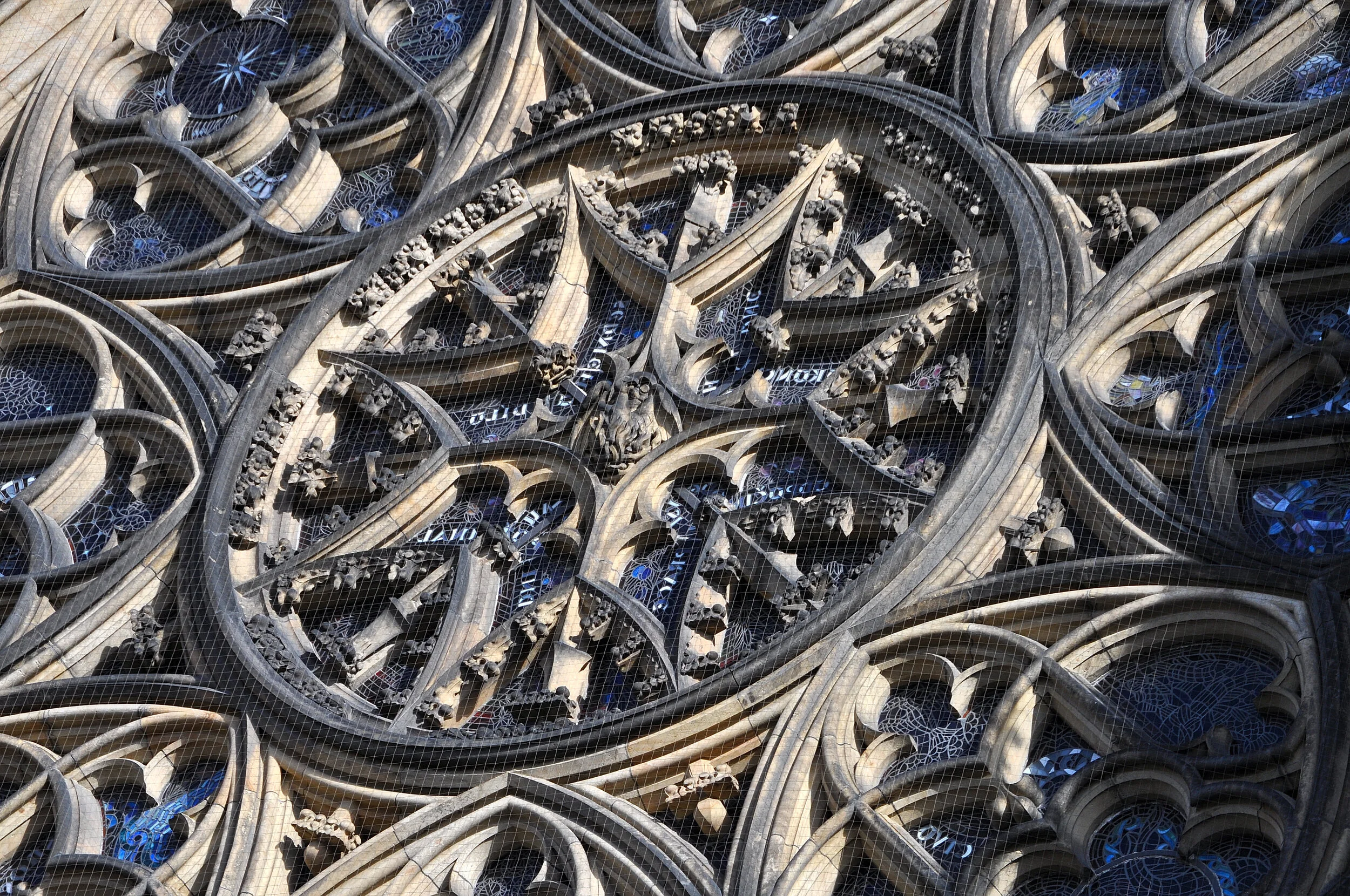
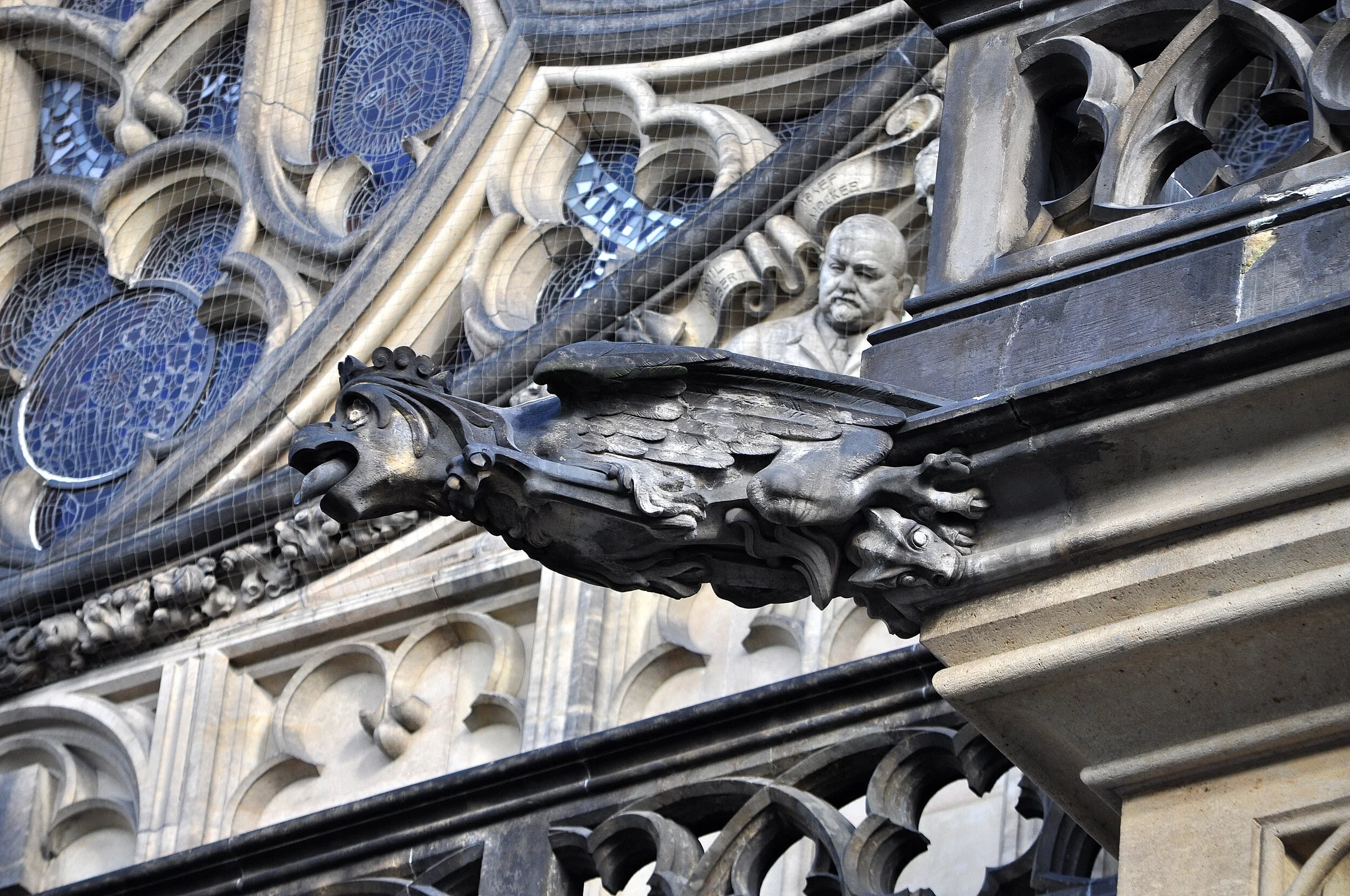
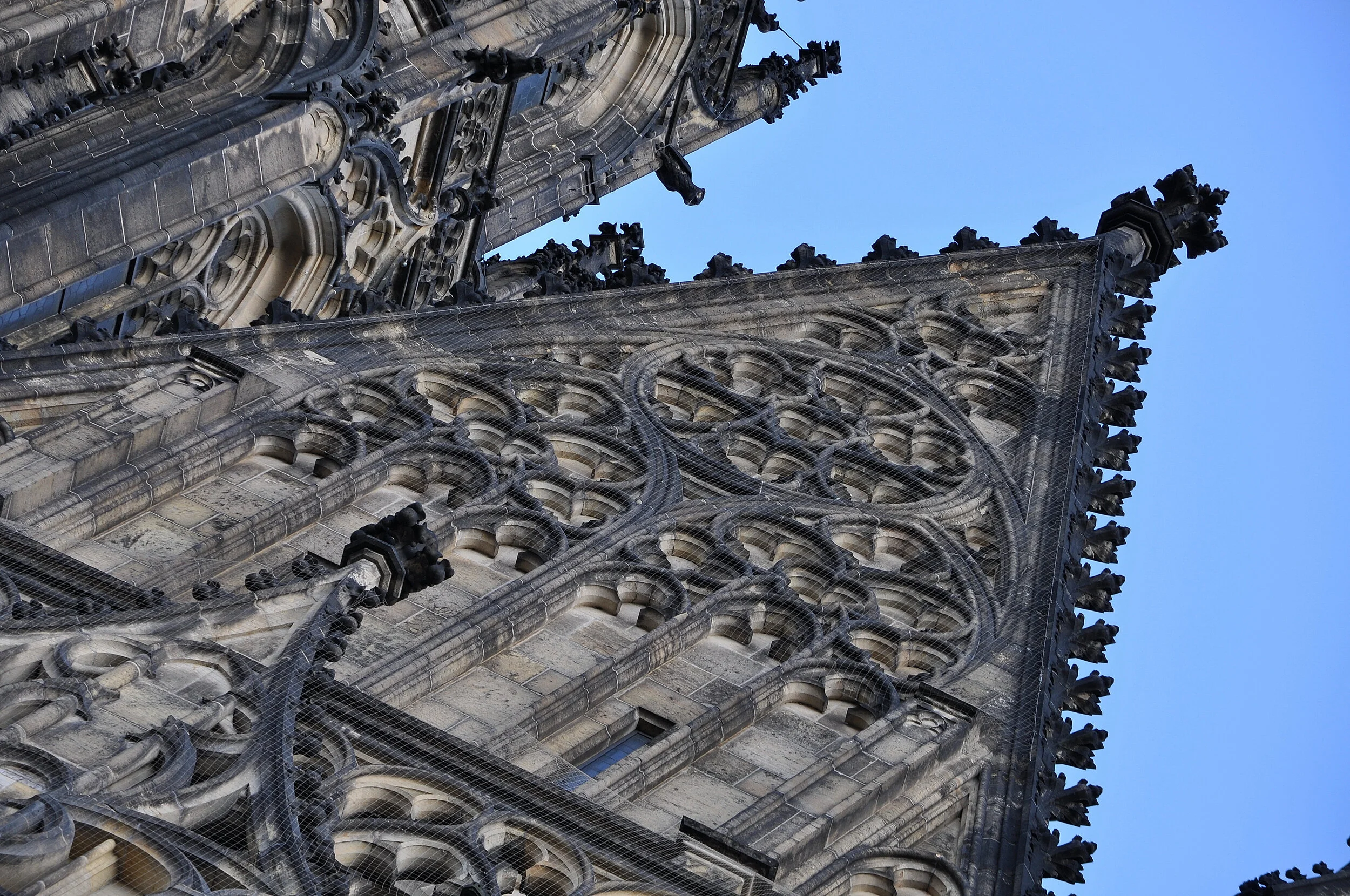

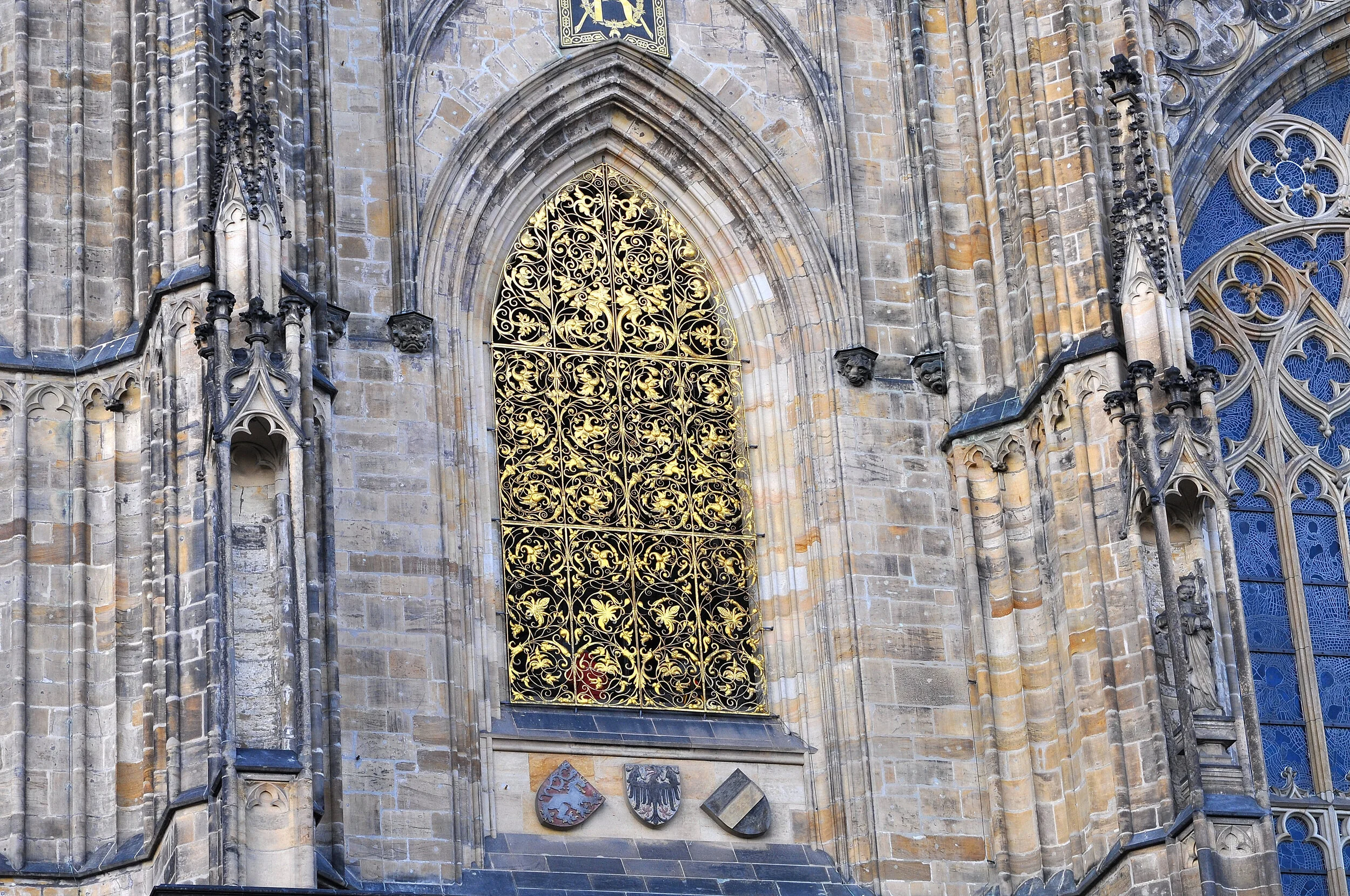
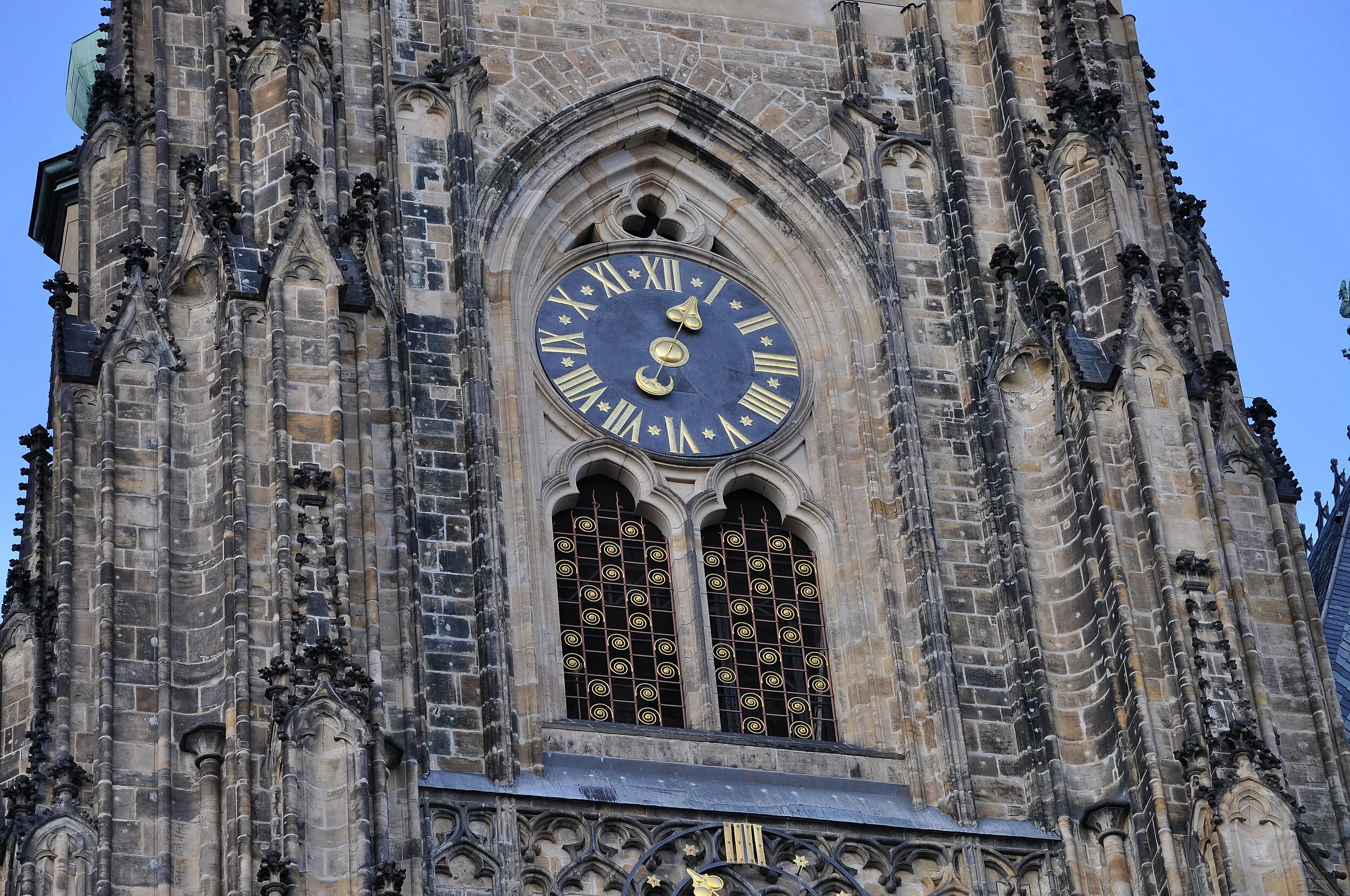
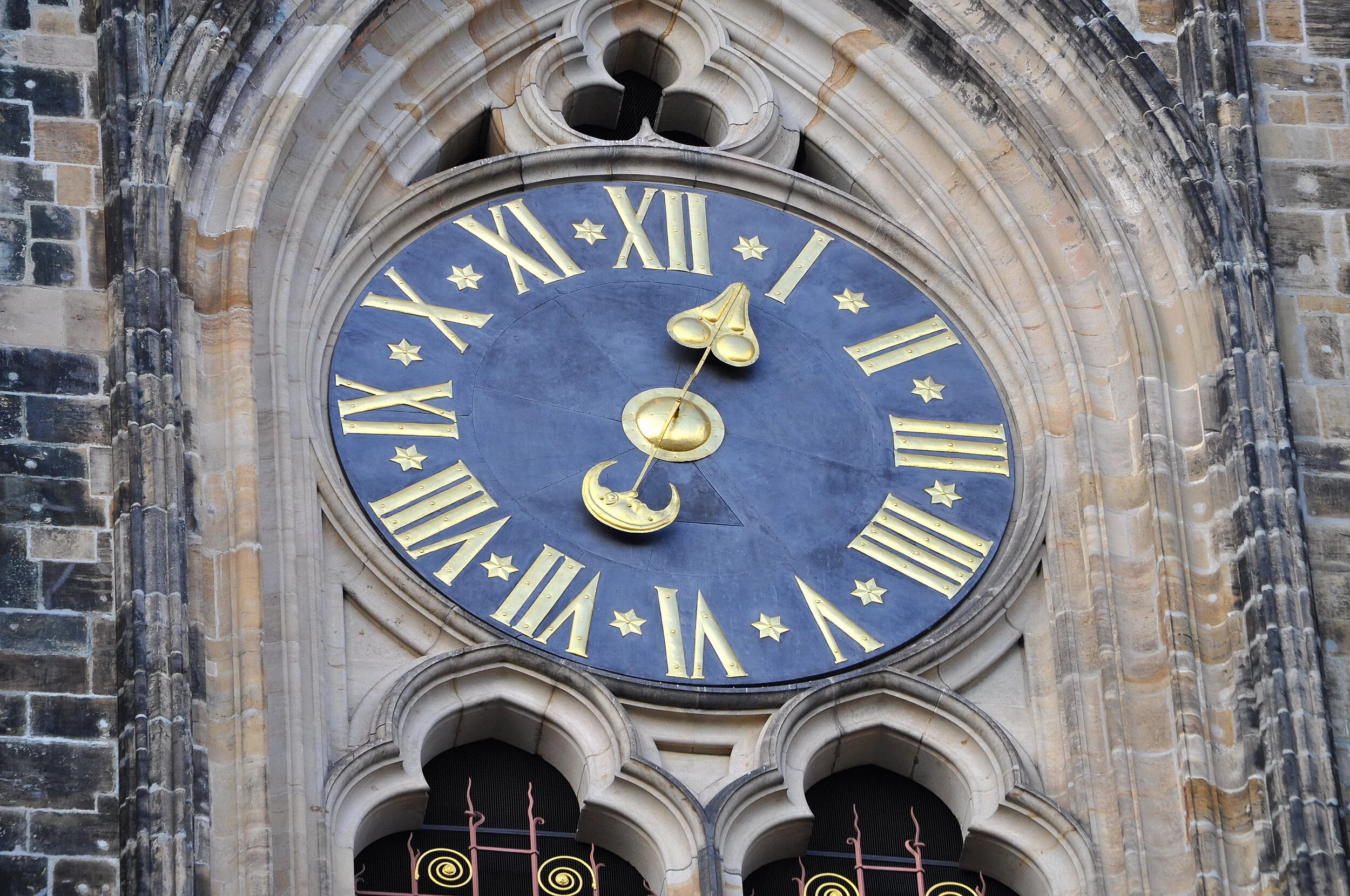
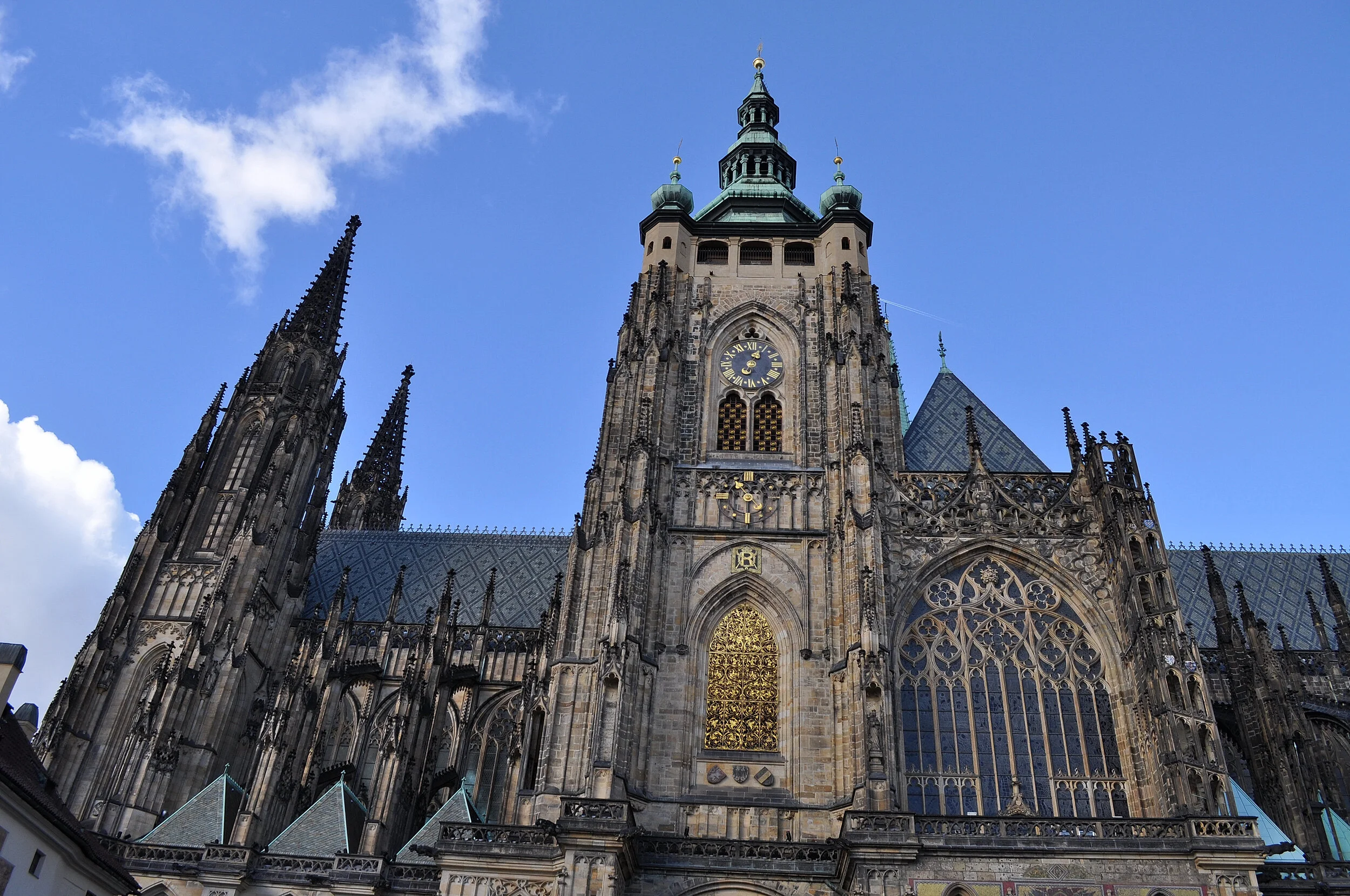
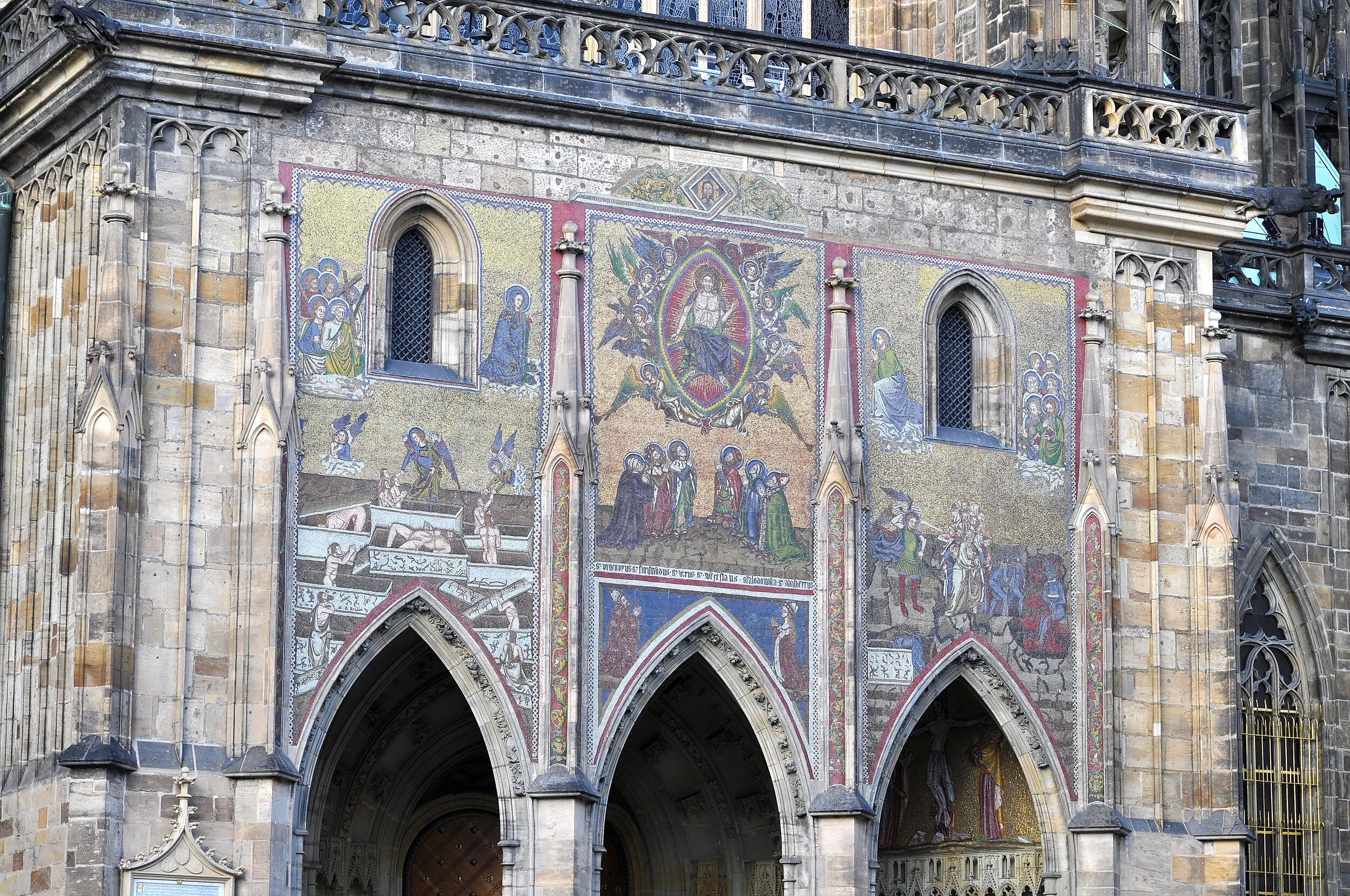
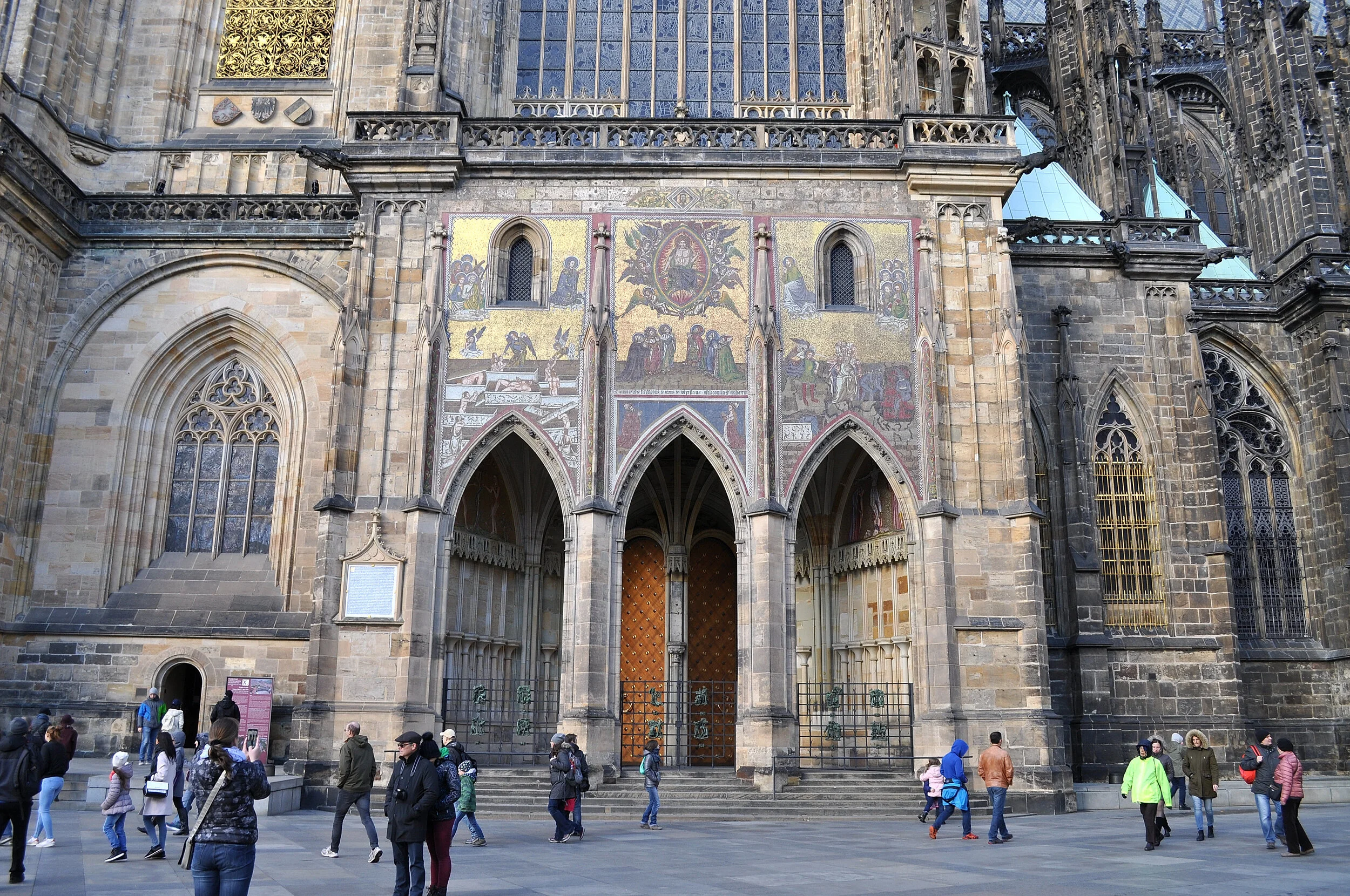
Angela: entering through the main portal, you’re struck by the cathedral’s brightness, thanks to the large and colorful stained-glass windows, each 14 meters high. Don’t miss the Chapel of St. Wenceslas, which houses the relics of Prague’s patron saint.
Piero: the cathedral is located within the castle complex, which stands on one of the nine hills that make up the Czech capital. Construction began in the 9th century, and it is one of the largest castles in the world. Although it dates back to the medieval period, it doesn’t have the typical fortified appearance of castles from that era: instead, it consists of a series of beautiful palaces and buildings, surrounded by small, charming streets. Its greatest splendor was reached during the reign of Charles IV and continued uninterrupted while Prague was the capital of the Holy Roman Empire. Since 1918, it has been the residence of the President of the Republic.
Angela: the visit to the castle begins at Hradčanské Náměstí, the square where you’ll find the main entrance gate: the two large statues on either side faithfully depict the Gigantomachy. Beyond the gates lies the courtyard of honor, where every hour you can witness the changing of the guard. Not to be missed is the Golden Lane, a small and enchanting alley within the castle grounds, lined with colorful houses that were once occupied by goldsmiths. Also worth a visit are the Old Royal Palace, the Basilica and Convent of St. George, and all the towers that complete this magnificent castle. The entire complex is truly vast, and to explore it properly, you would probably need an entire day.
Josefov: the Jewish Quarter
Piero: after lunch, we make our way back to the Old Town, this time taking the castle staircase and crossing Charles Bridge once again. We now head towards Josefov, the Jewish Quarter, which is located just a short distance from the Old Town Square.
Angela: it's one of the oldest districts in Prague and owes its name to Emperor Joseph II, who was the first to abolish discrimination against Jews starting in 1781. The presence of Jewish communities in Prague dates back to the 10th century, which is why the Czech capital is historically considered one of the oldest and most important Jewish centers in Central Europe. What we are visiting today is the “renovated” version of the Jewish ghetto, transformed at the end of the 19th century, when Art Nouveau houses replaced many of the Baroque and Gothic buildings. Before that, the ghetto was a tangled system of narrow alleys, tiny dead-end streets, and crude, decaying houses, where the Jews of Prague lived for centuries, forced to wear a yellow hat if they wanted to leave the ghetto and enter other parts of the city.
Piero: there are many synagogues in the quarter: the Spanish Synagogue is stunning, with its Moorish-style decorations; then there’s the Old-New Synagogue, the oldest synagogue in Europe still in use; the Pinkas Synagogue, which houses a memorial to the victims of the Holocaust and an exhibition of drawings made by the children of the Terezín ghetto; and finally, the Maisel Synagogue.
Angela: a fun fact: according to legend, the Old-New Synagogue holds the Golem, an anthropomorphic figure from Jewish and medieval tradition. The Golem I’m talking about is said to have been created by Rabbi Loew, a highly respected figure within Prague’s Jewish community. The story goes that the rabbi hid his creature in the attic of the synagogue and, to prevent it from falling into the wrong hands, had the external stairs leading to the attic removed.
Piero: our final stop in the ghetto is the Jewish Cemetery, which—along with the Old-New Synagogue—is the oldest and most significant testament to the history of the quarter. Over time, as many as 12,000 tombs have been placed here, because even in death, Jews were not allowed to leave the ghetto. As the centuries passed, the cemetery expanded as much as possible, but eventually the tombs had to be stacked one on top of another. A path winds through the gravestones, allowing visitors to get a closer look. The most important—and most visited—grave is undoubtedly that of Rabbi Loew.

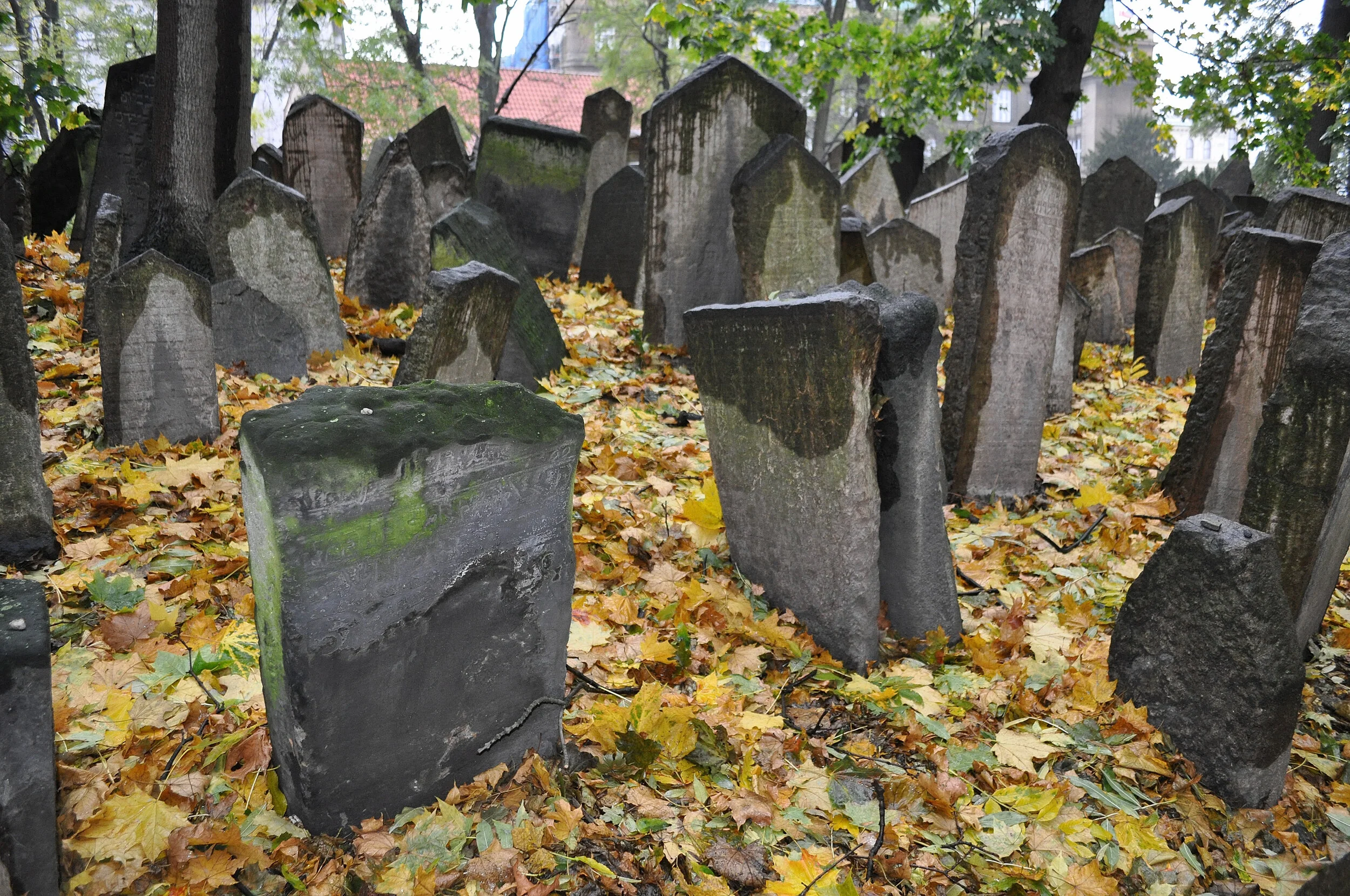
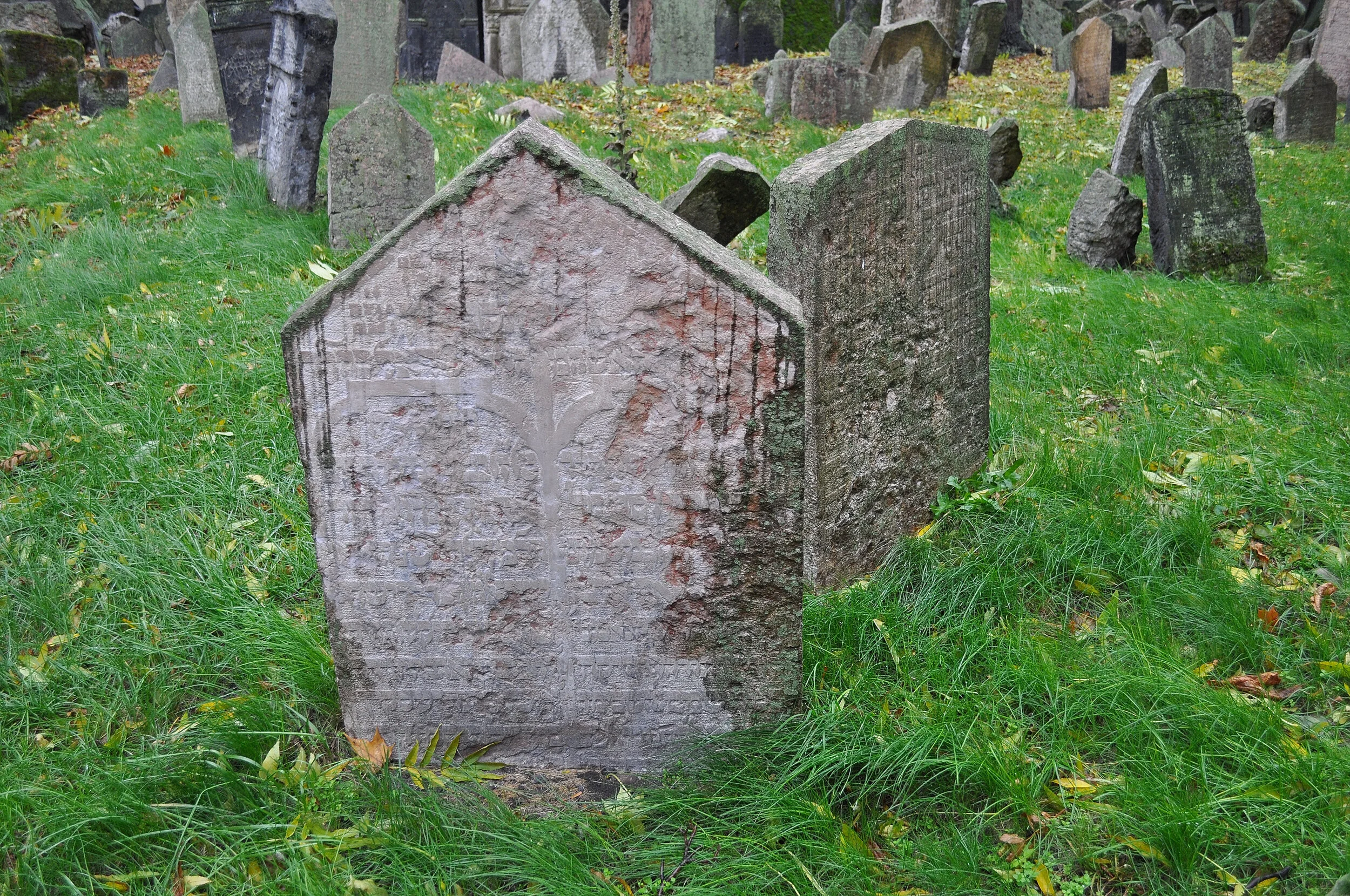

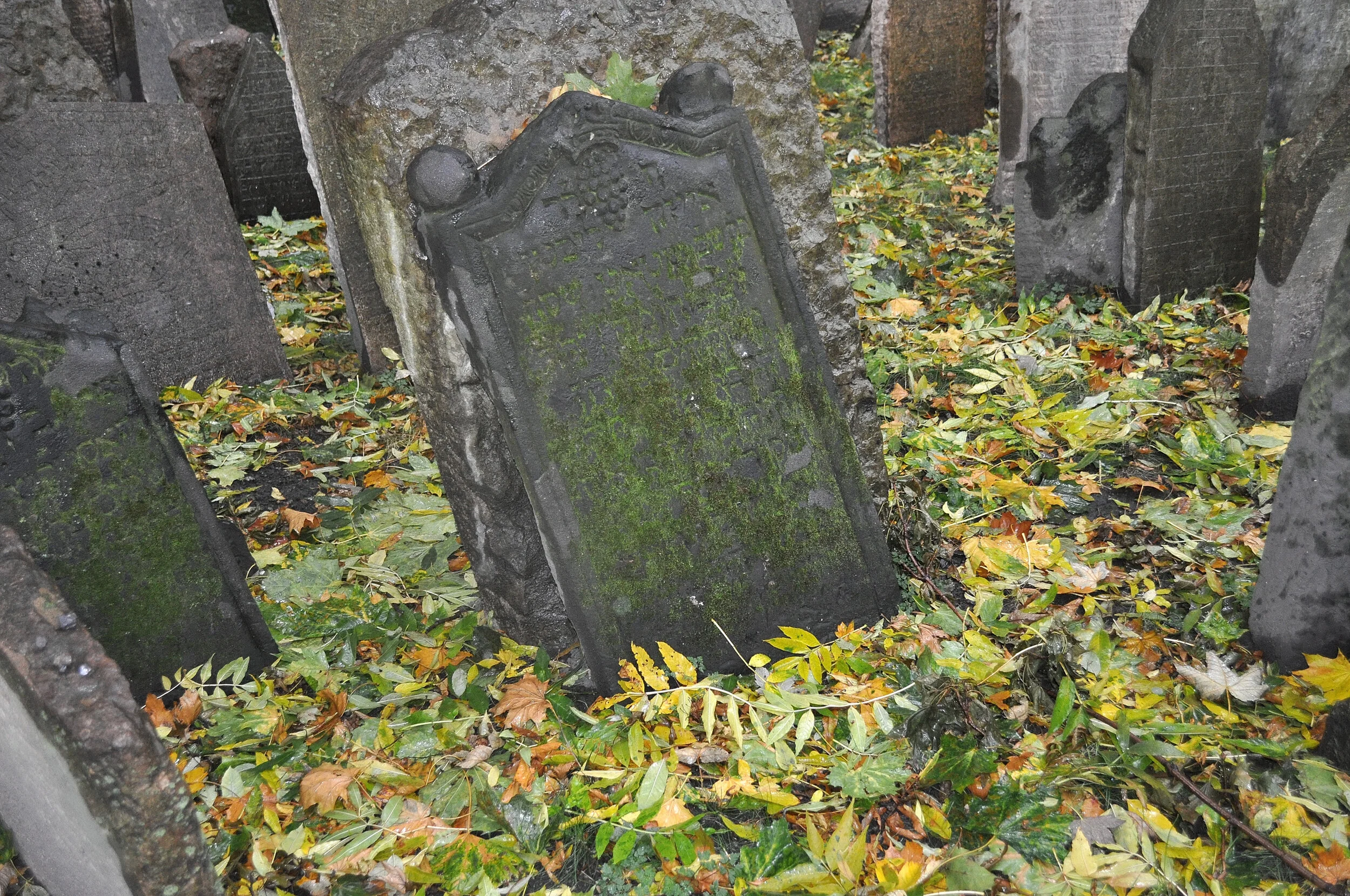
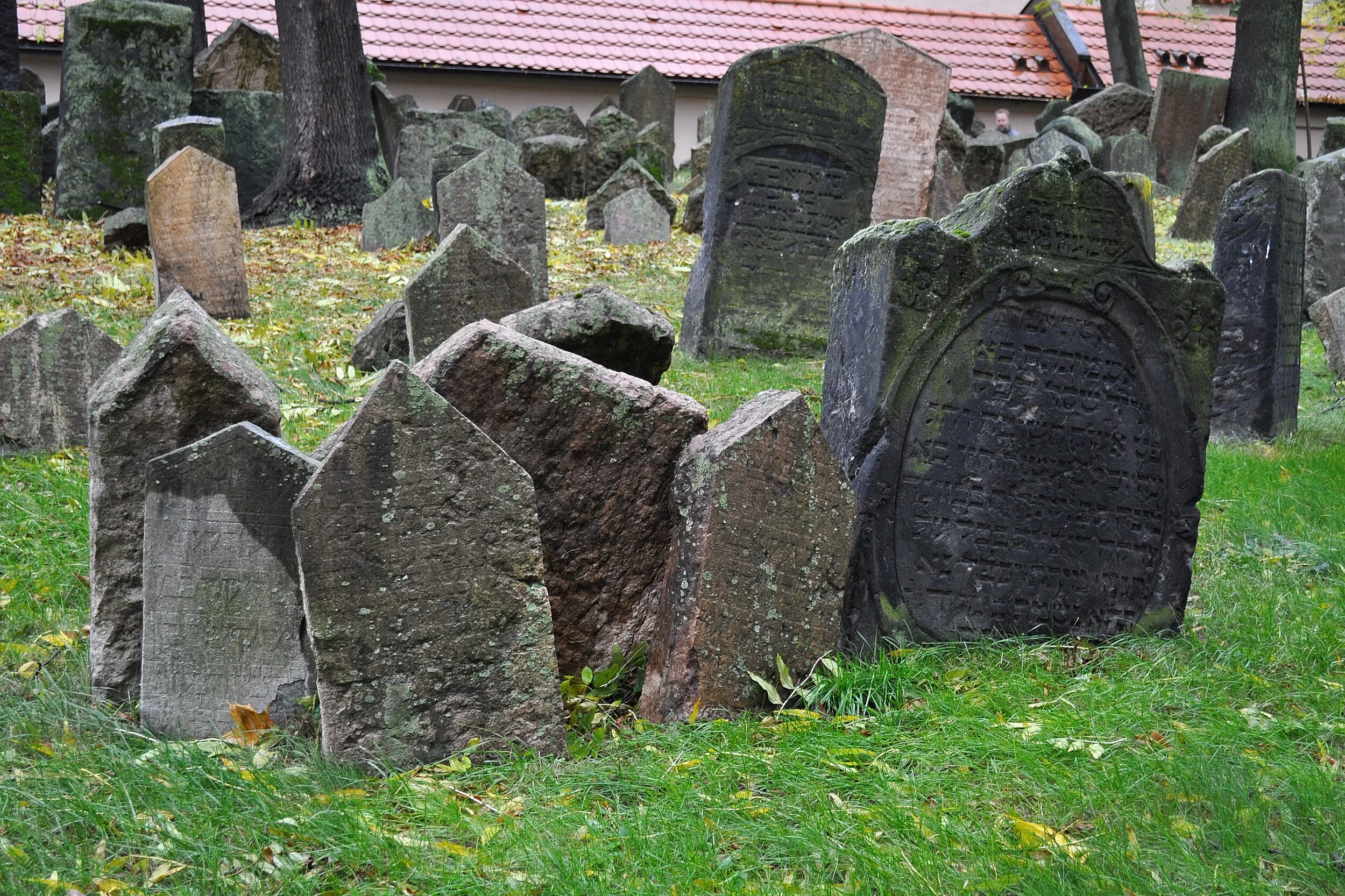
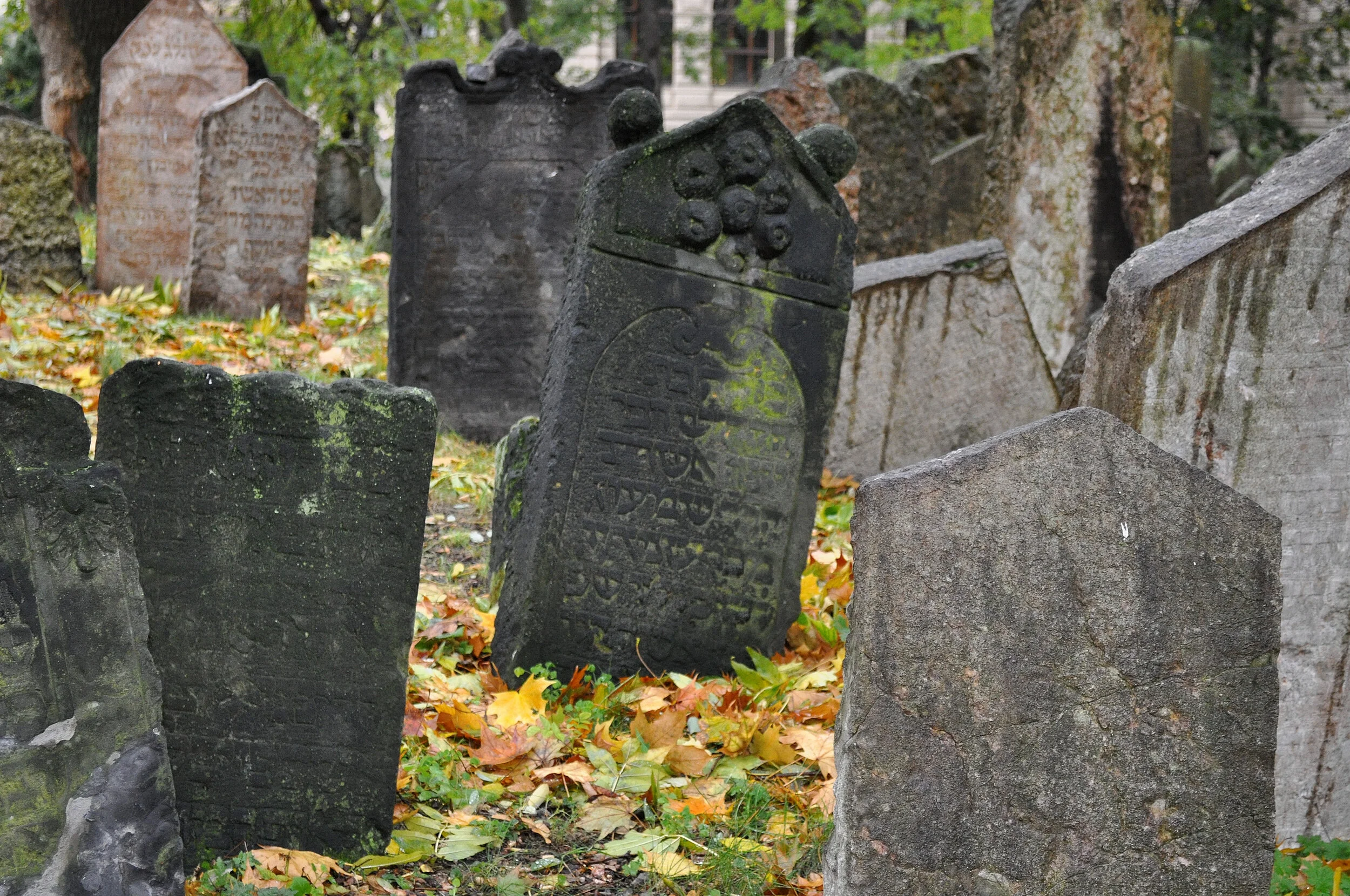
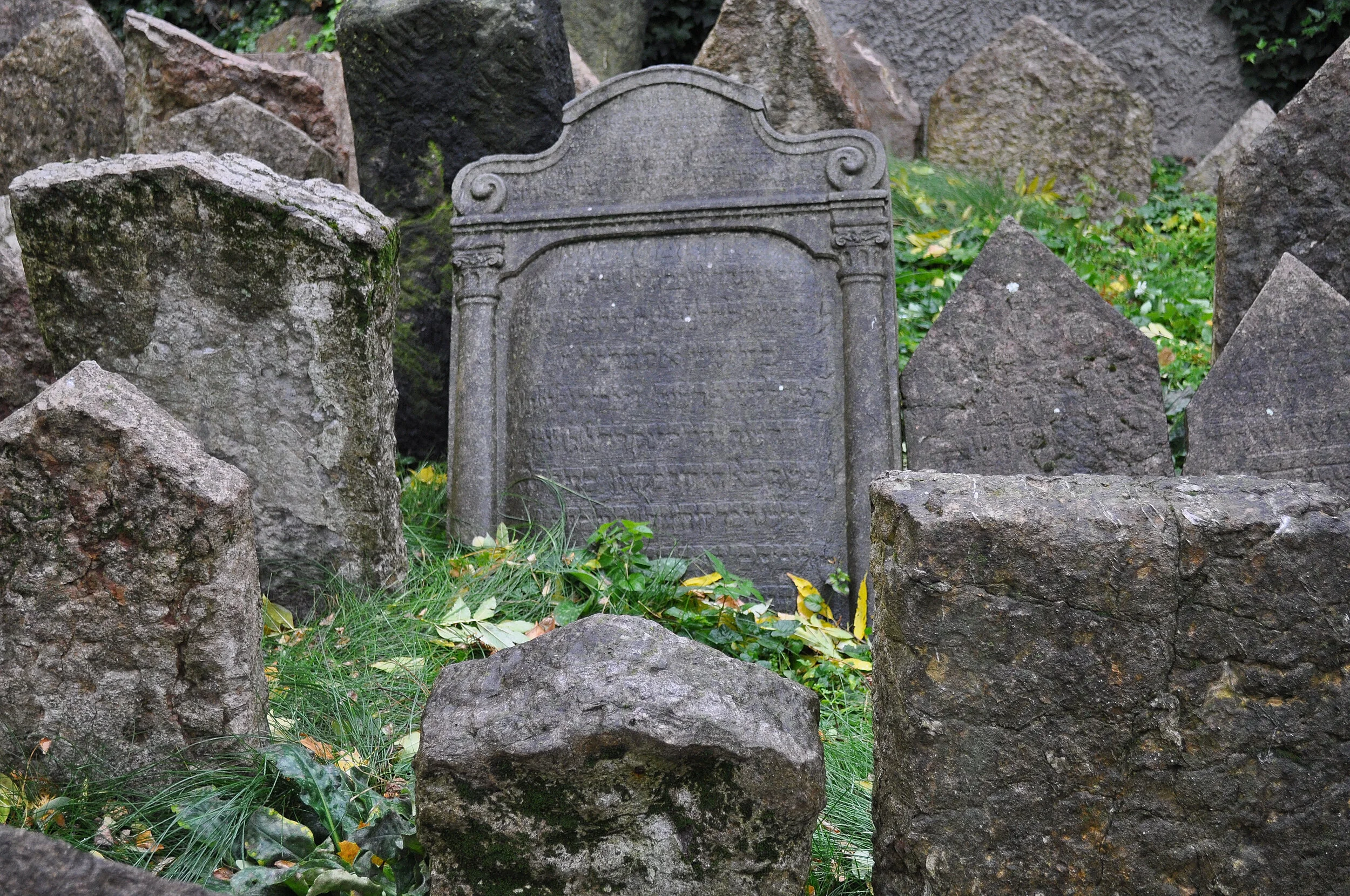
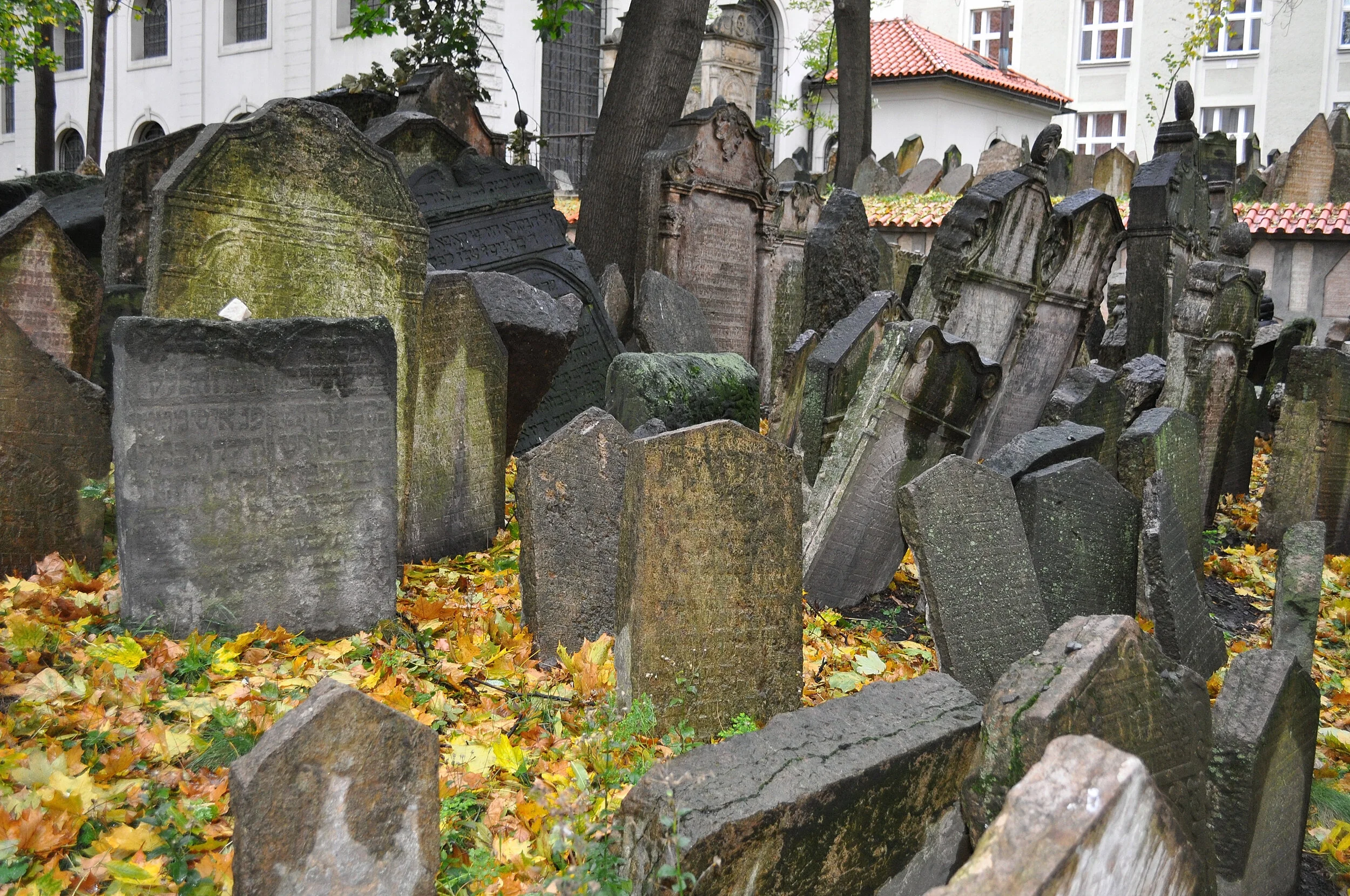

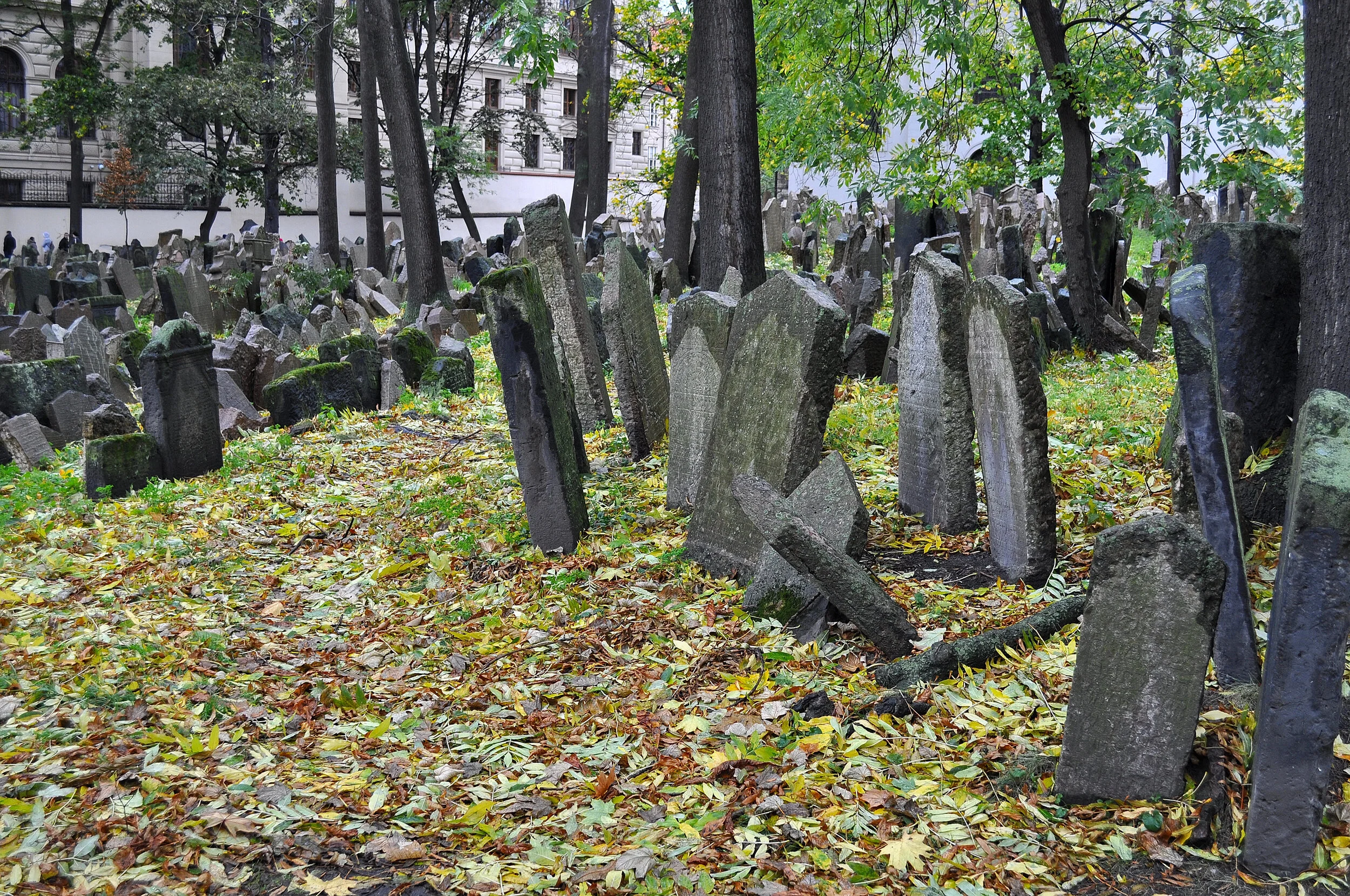
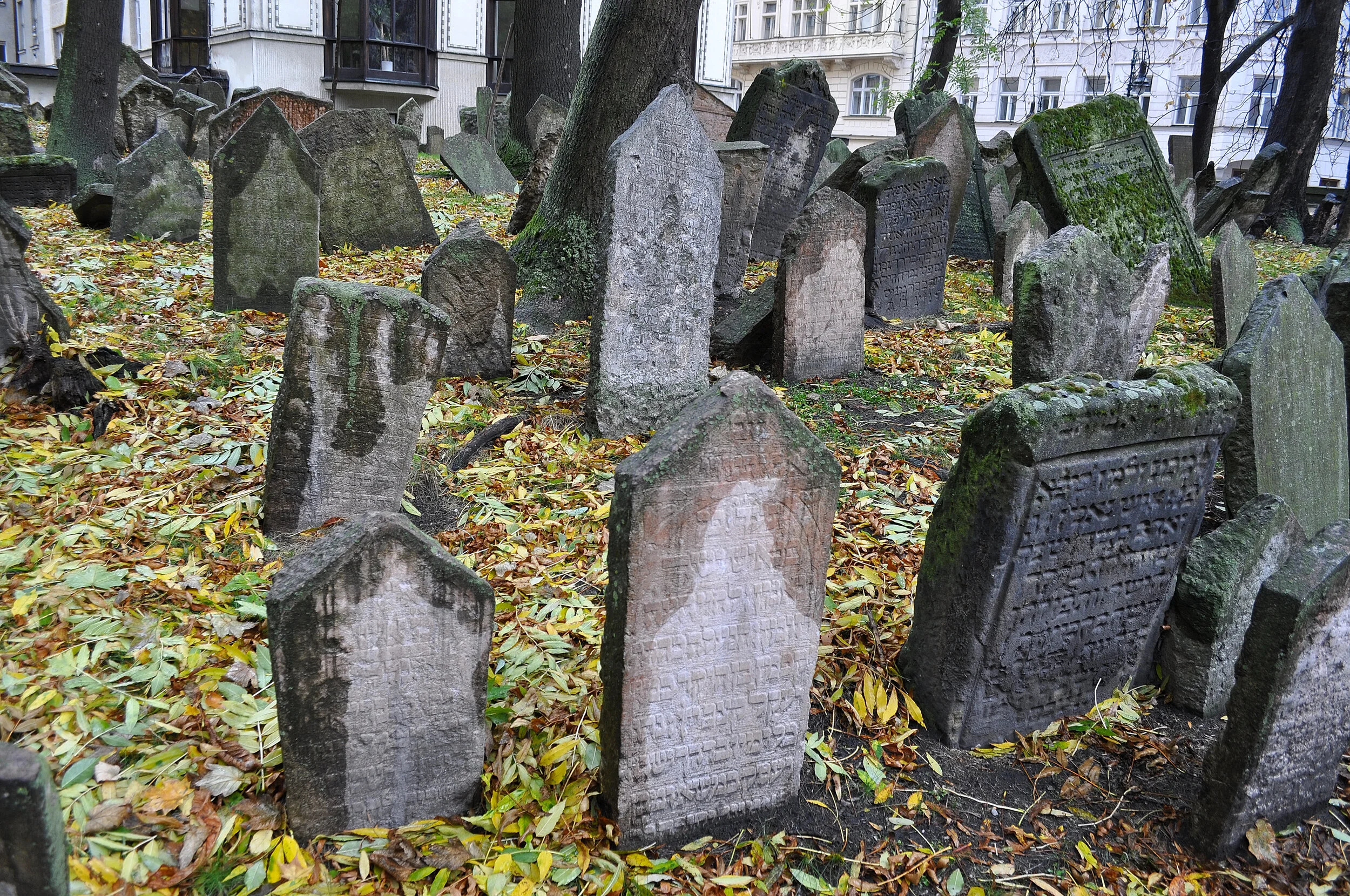
The Dancing House
Angela: at this point, we’re really tired! The day has been full of things to see, and we’ve walked more than ten kilometers on foot! We need to recharge with a good beer for us and a hot drink for the kids. We choose a special spot to refresh ourselves: the Dancing House, which on the top floor hosts an elegant café as well as a beautiful panoramic terrace.
Angela: this is a building constructed in the 1990s on a riverside plot left vacant after another structure was destroyed during the bombings of World War II. Originally, it was called Fred and Ginger (after Fred Astaire and Ginger Rogers) because the building vaguely resembles a dancing couple. According to its main sponsor, Czech president Václav Havel, the house was supposed to host cultural initiatives; in reality, it houses some multinational companies and commercial activities. The building is very different from Prague’s typical style, but perhaps for this reason, it’s worth a visit.
Piero: so, we relax on the top floor with another good beer and, above all, enjoy the splendid sunset view of the city from the panoramic terrace: absolutely unmissable! Tired, we end our day here.
Angela: but first, an idea comes to us: having now visited most of Prague’s wonders, we decide to dedicate part of our last day to visiting the Terezín concentration camp. We purchase the voucher online, which includes round-trip transfer from the town and an on-site guide in Italian. There are several options to choose from, all of which are certainly good. The cost is affordable, the visit lasts half a day, and the organization is well done.






